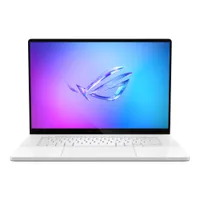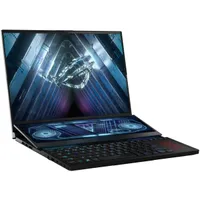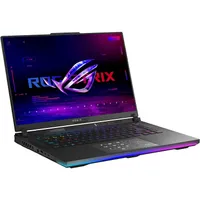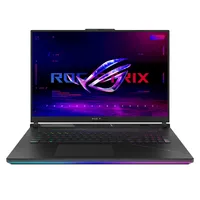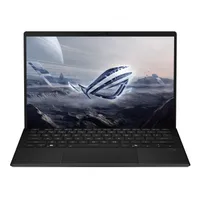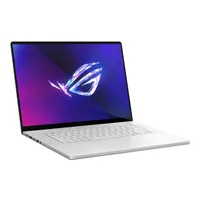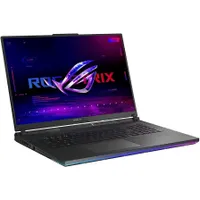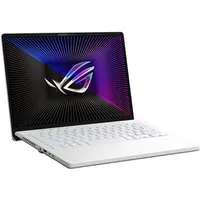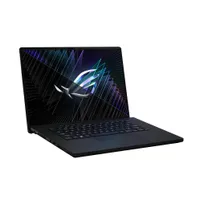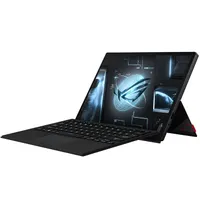The best Asus gaming laptops 2025
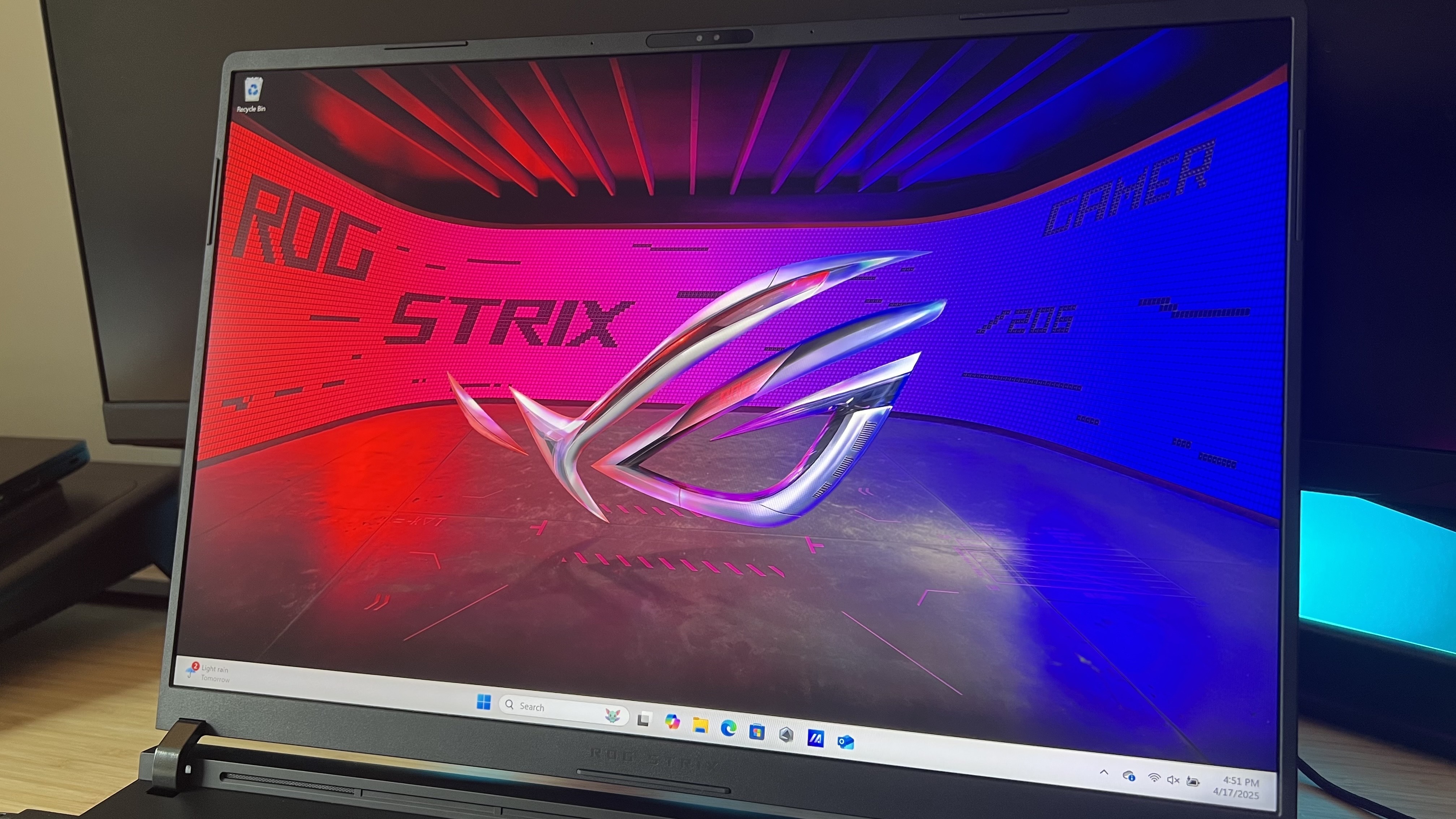
The best Asus gaming laptops have always paired style with substance, and this year's roster is no different. 2025 has brought refreshes to some of Asus's most popular lines, from the slim and sleek Zephyrus to the raw power of the ROG Strix Scar.
I've had my hands on all the biggest releases, and the best Asus gaming laptop I've tested so far is the Asus ROG Strix Scar 18. This is a big'un, with top of the range components and the power to put them to good work. Still, an 18-inch behemoth isn't going to be for everyone, which is why I'm ranking all Asus's best gaming laptops across all shapes and sizes.
I've put all the latest Asus gaming laptops through their paces across a series of stringent tests (and after living with each rig for a minimum of two weeks) to find the best of the bunch. You'll find my favorites just below and you can find out more about how we test gaming laptops further down the page as well.

I've been reviewing gaming laptops with GamesRadar+ for four years now, but I fell in love with portable rigs some 15 years before that. The first gaming laptop I ever bought was an Asus, and I've never looked back. I've been hands-on with over 40 gaming laptops in the last two years alone, developing an eye for performance to add to the expertise in value I developed as a Deals Editor for our sister site, TechRadar. I've personally tested all of the Asus gaming laptops you'll find on this page.
The quick list
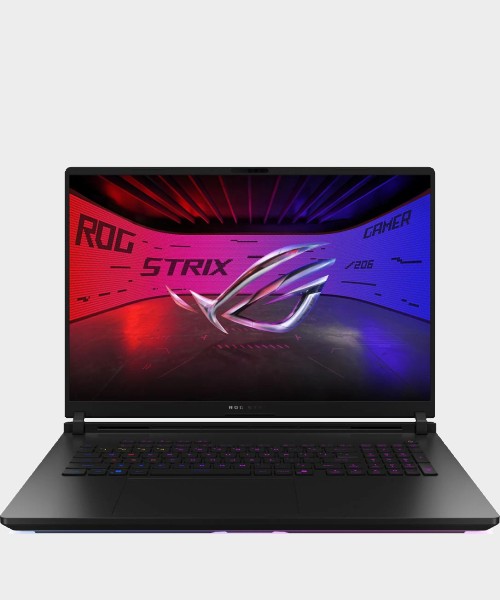
The Asus ROG Strix Scar 18 offers an insane amount of power and manages to do so with an incredible display, RGB heavy design, and an impressive selection of ports. That makes for the best option on the market overall.
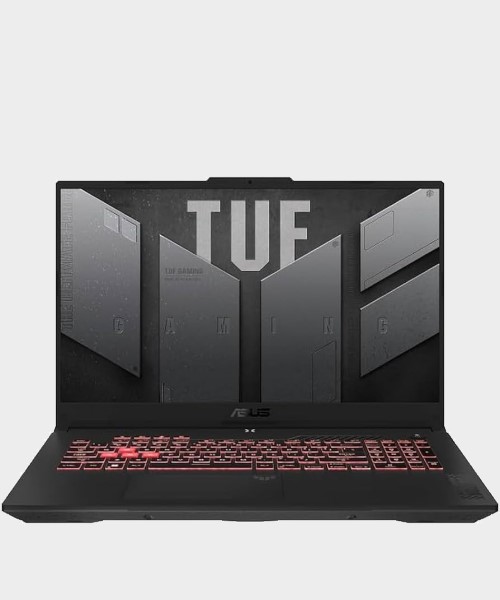
With a range of configuration options up for grabs, and prices regularly sitting below $1,000 / £1,000 the Asus TUF A15 is our top budget pick. Its 16:9 display does age it a little, but it's still a fantastic performer for the cash.
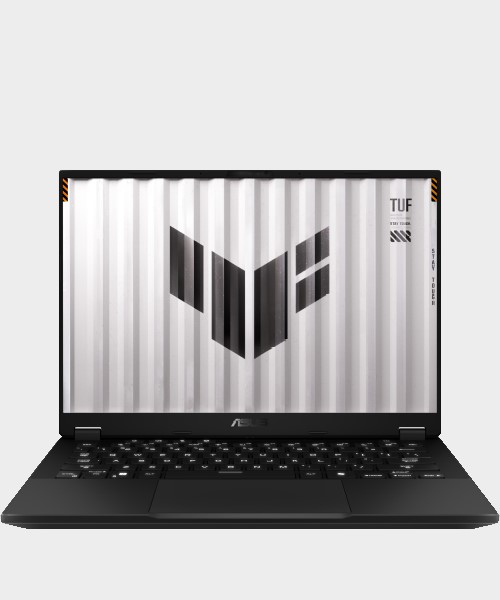
With a form factor similar to that of the G14 and a super powerful set of specs under the hood, the Asus TUF A14 punches well above its MSRP.
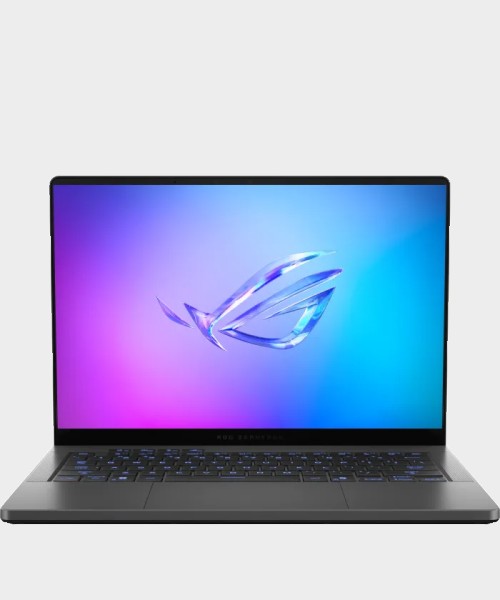
The new Asus ROG Zephyrus G14 doesn't pack the same value for money as the previous generation model, but it does offer far better performance.
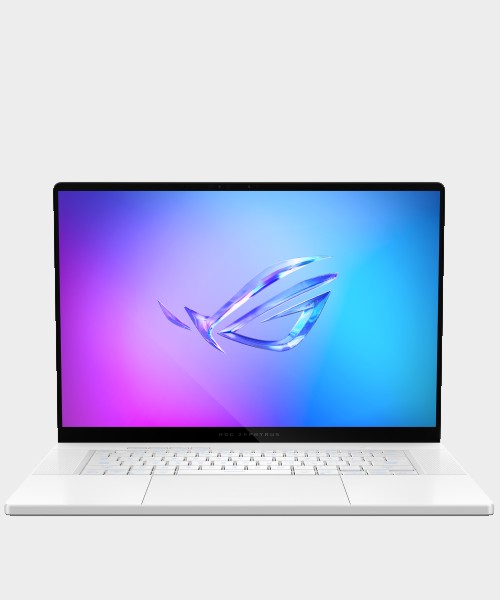
The Asus ROG Strix G16 packs better performance than its slimmer Zephyrus cousin, while generally coming in at a lower price as well.
October 2 - With the previous generation Asus ROG Zephyrus G14 disappearing from the shelves fast, it's been removed from this list. It's still out there, but prices aren't what they used to be and are sometimes creeping over equivalent RTX 50-Series rates.
The best Asus gaming laptop overall
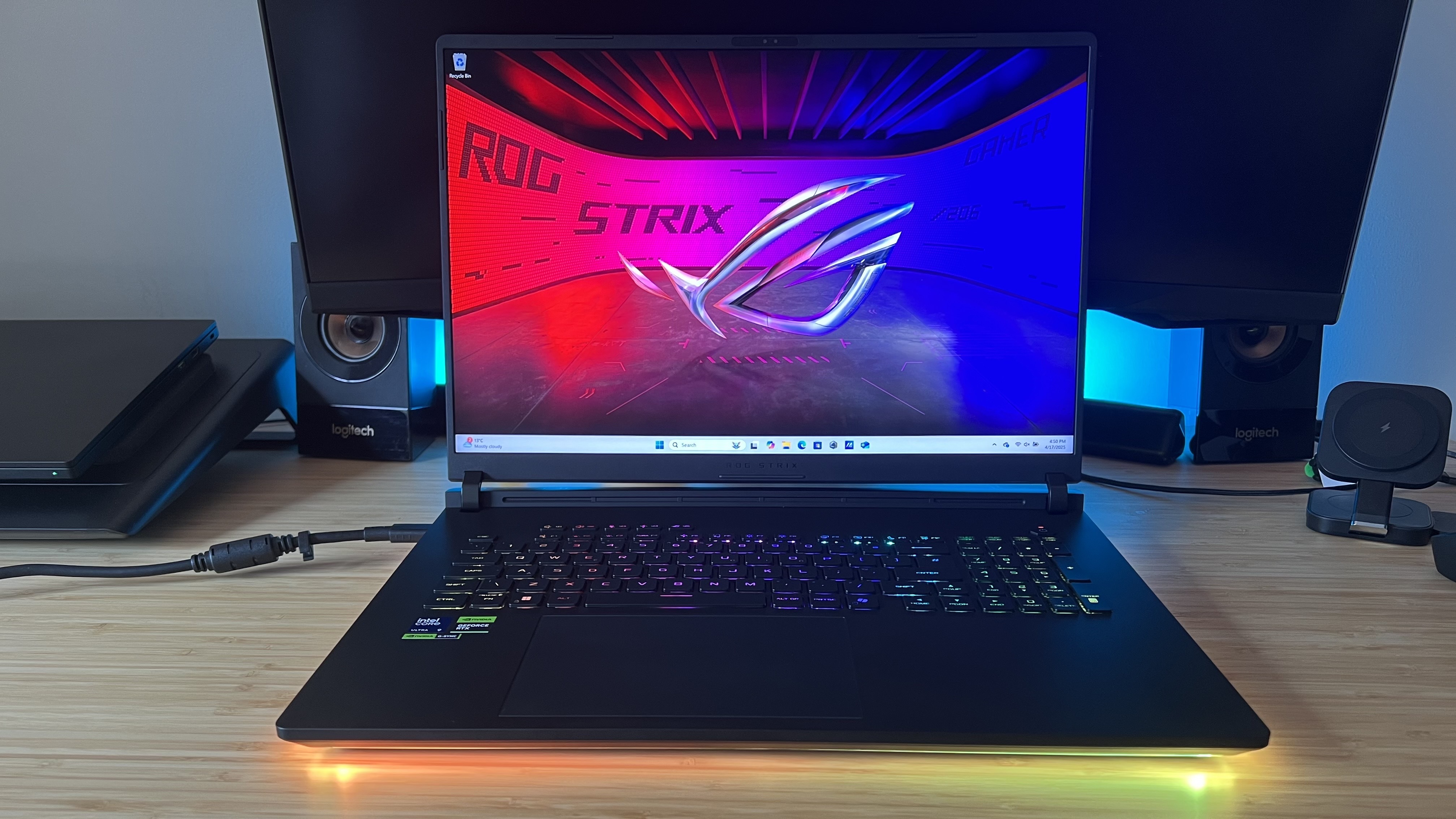

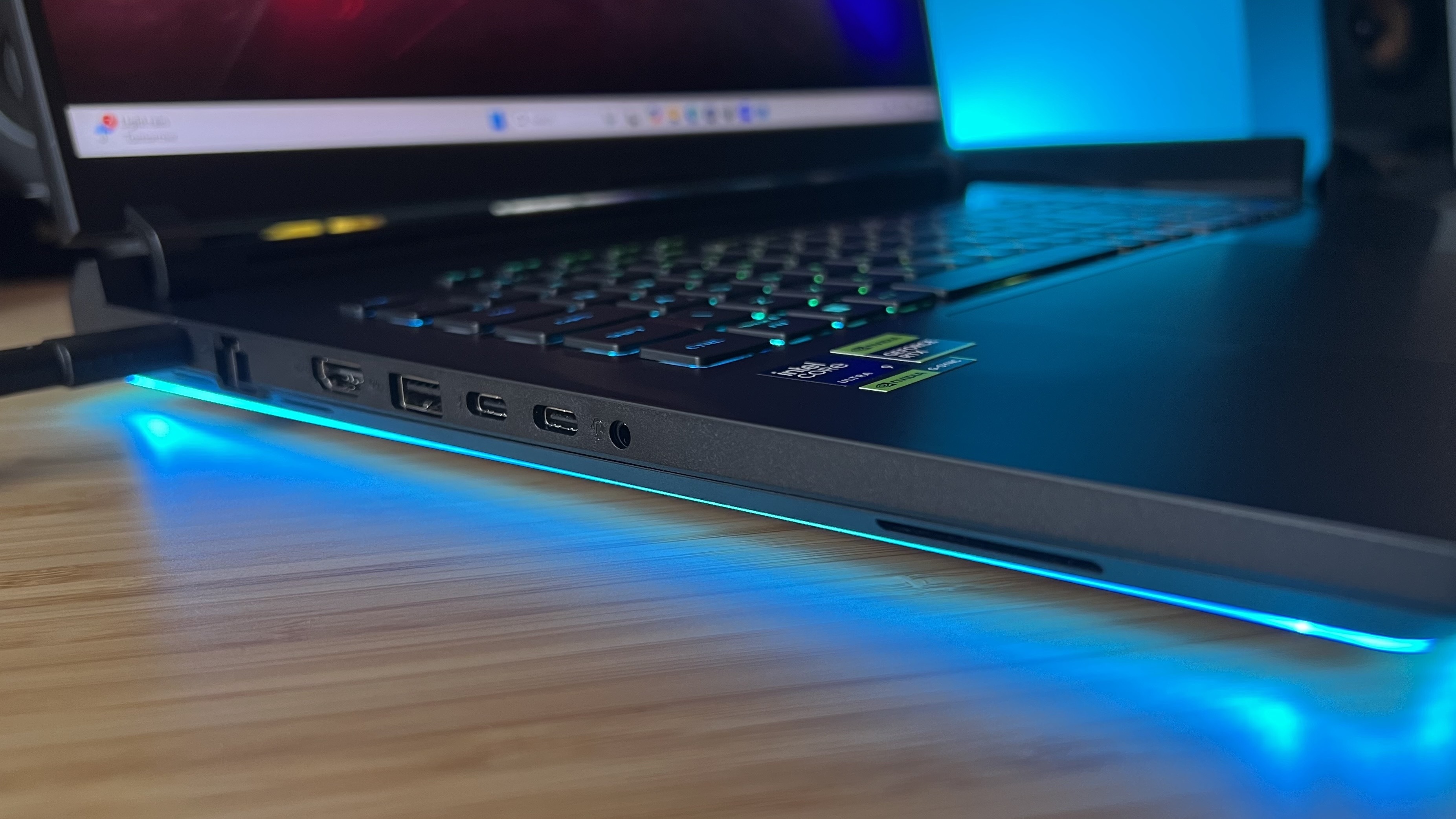
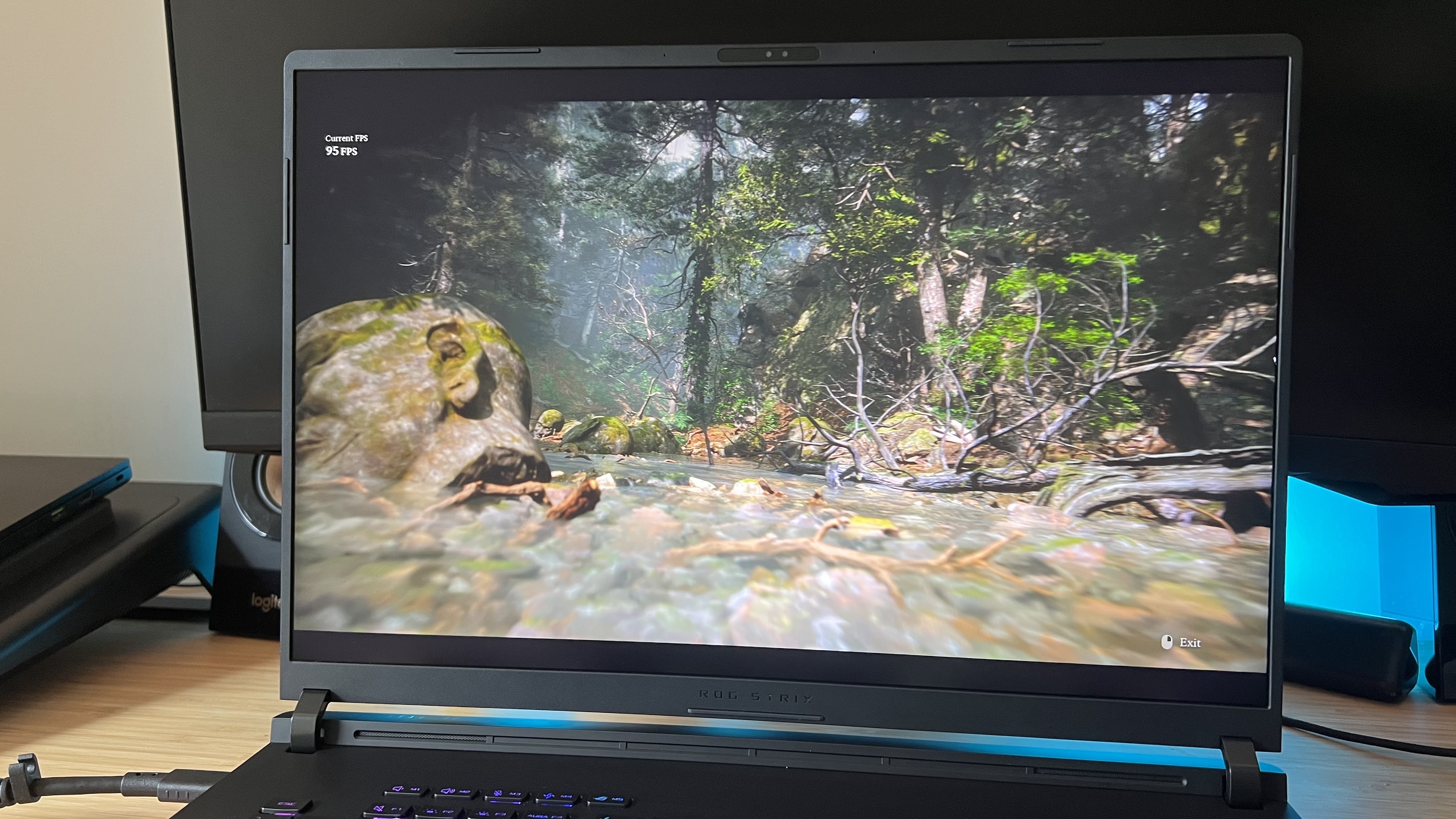

Specifications
Reasons to buy
Reasons to avoid
The 2025 Asus ROG Strix Scar 18 is a beast, scoring some of the highest benchmarks I've ever seen in a gaming laptop and cleaning up its aesthetics over the previous generation. It'll certainly cost you, but if you're after desktop power in a sometimes-portable chassis, it's well worth the investment.
✅ You leave your laptop at home: This is a stacked machine, but that means it packs a thicker chassis and heavier weight than more portable options. This one's for those who keep their rigs firmly at home.
✅ You want new Nvidia features: The RTX 50-Series brings with it some additional DLSS options, though you won't need them too much in everyday play here. If you're future-proofing, though, these are the latest components.
✅ You want an immersive screen: That Mini LED display is a sight to behold, and the fact it stretches across 18-inches of immersion means you're getting a particularly impressive visual experience.
❌ You want the best cable management possible: Ports are split across both sides of this rig, which means those wires are pretty sprawled out. If you don't use a hub system you might struggle to keep your mouse hand free.
❌ You travel with your laptop: The larger size and heavier weight means this isn't a backpack-friendly device. Asus laptops in the Zephyrus line are better suited to on-the-go use.
Design: There's one element of this design that had me breathing a sigh of relief as soon as I opened the lid. Unlike the last two 2023 and 2024 iterations, the plastic covering the main chassis area is now completely solid. The translucent effect on older models cheapened the experience, but this truly feels like a premium device now. It's annoying that Asus has chosen to ship the Strix Scar 18 with the annoying LED effect on the back panel (usually reserved for Zephyrus machines), but it's easily switched off.
In all, though, the plastic chassis and back lid feel far more grown up than previous iterations, with less iconography stamped across the deck and an all-black aesthetic. Not only that, but the RGB strip running along the front lip now also extends around the sides, giving the entire laptop a particularly slick floating effect.
Features: Up top, Asus has opted for its Nebula HDR Mini LED display once again, and it's a particularly crisp beauty. The individual dimming zones provide fantastic contrast, especially in HDR content and colors pop with an impressive 1,100 nits of brightness. Unfortunately, ports are split across both sides of the device with no rear connections. I prefer to keep more permanent cables plugged into the back, a feature you'll find on most 18-inch rigs, however with everything running down the flanks those cables can get a little messy.
You do, however, benefit from two Thunderbolt 5 ports as well as a whole army of USB-As. The keyboard and trackpad are both nicely bouncy, providing plenty of tension under each key and a forced press. The keyboard itself still features additional macro buttons along the top and manages to keep its arrow buttons full-sized, even if they're squeezed in with no surrounding bezel.
Performance: The 2025 Asus ROG Strix Scar 18 blew the competition away in testing, topping the charts for 3D Mark's Time Spy, Fire Strike, and Steel Nomad synthetic benchmarks, taking the lead from the RTX 4090 MSI Titan 18 HX and MSI Raider 18 HX. That success is replicated in real-world testing as well, with the Scar 18 comfortably pacing ahead of older RTX 4090 configurations across lighter and more demanding titles.
Verdict: The Asus ROG Strix Scar 18 is the most powerful machine I've tested yet, and considering it also makes some thoughtful updates to its design it's in pole position across the brand's portfolio right now. It's an investment, but if you're going all in on power this is the best Asus gaming laptop the brand has produced so far.
Read more: Asus ROG Strix Scar 18 (2025) review
The best budget Asus gaming laptop
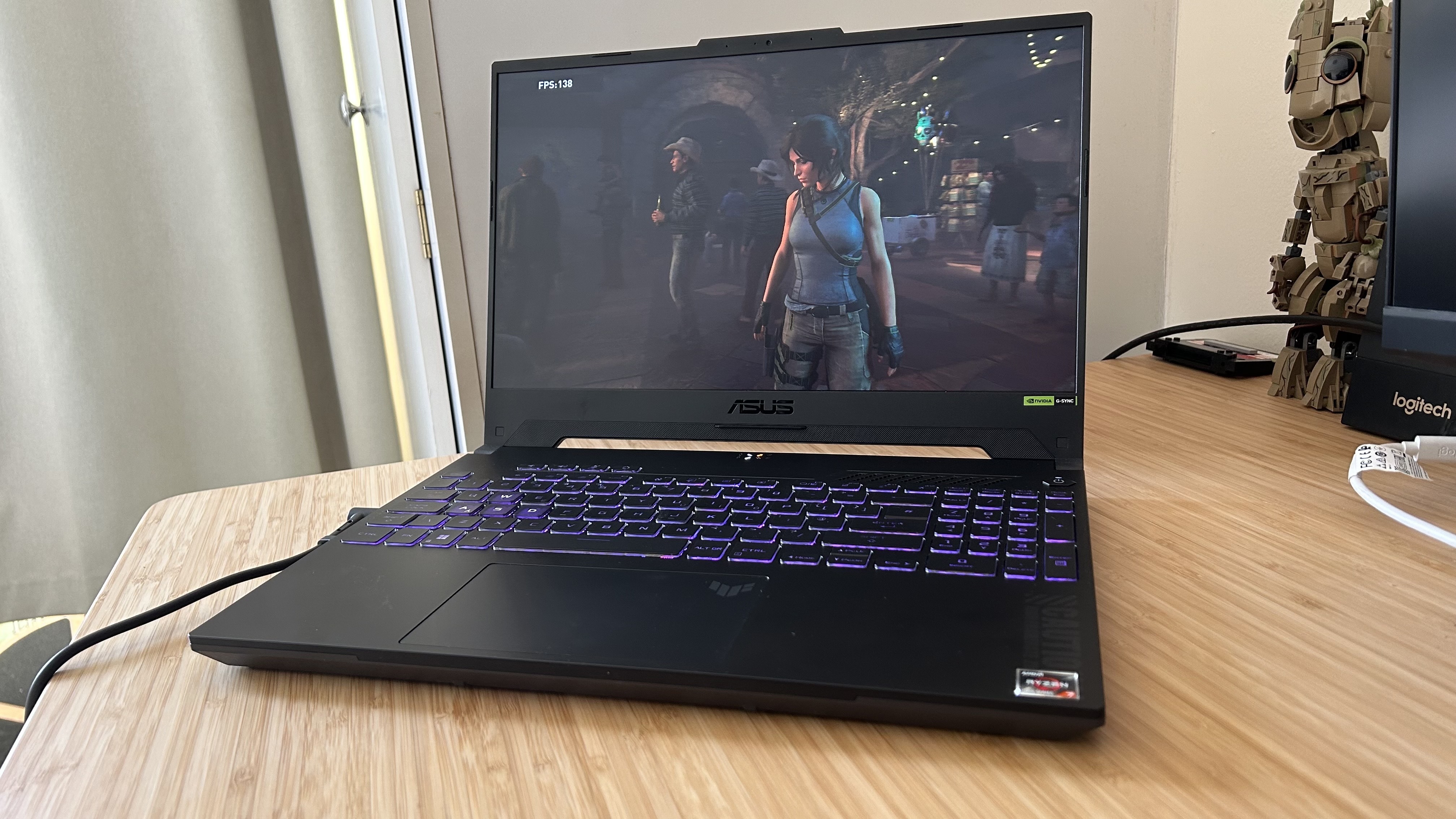
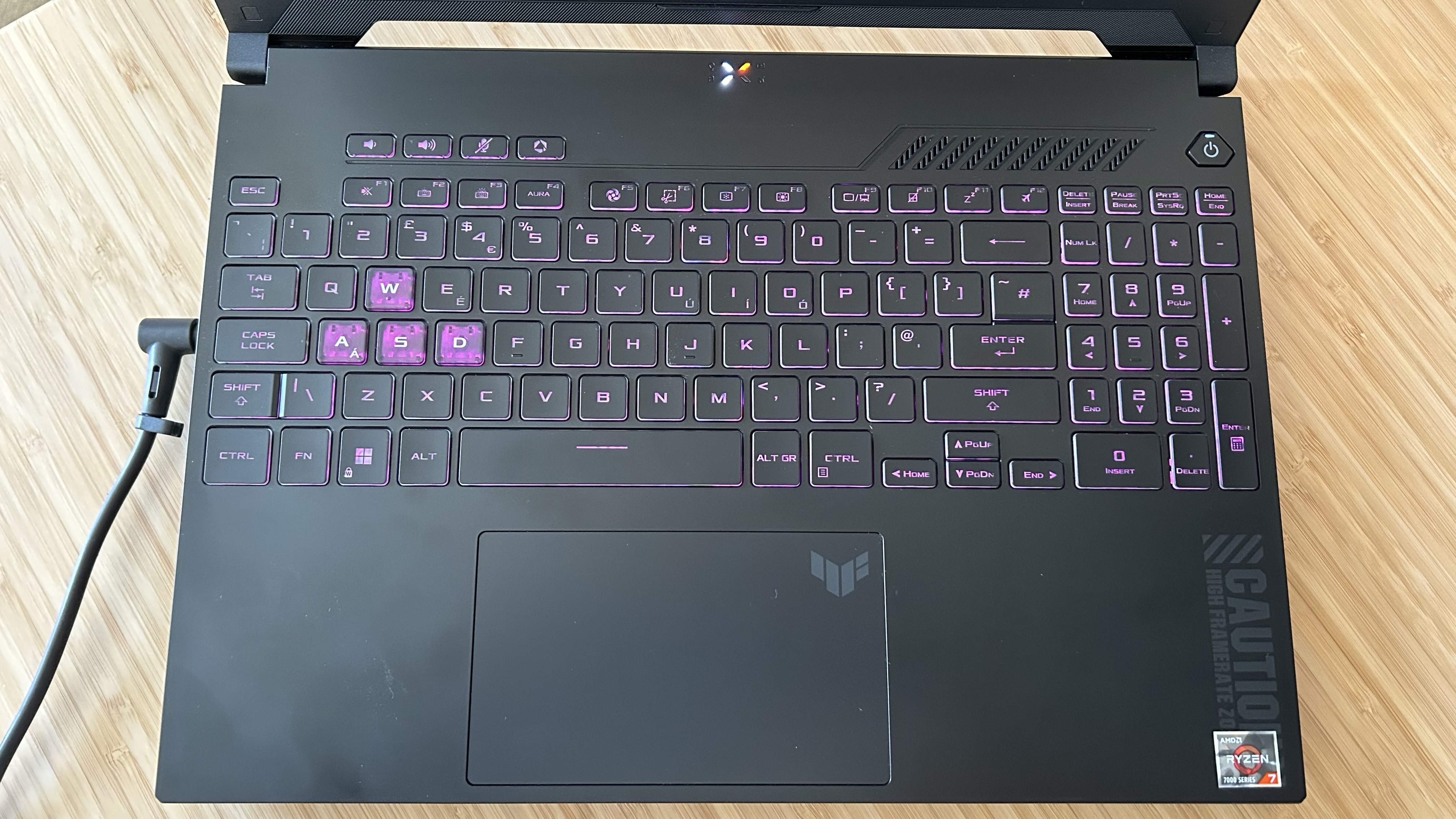
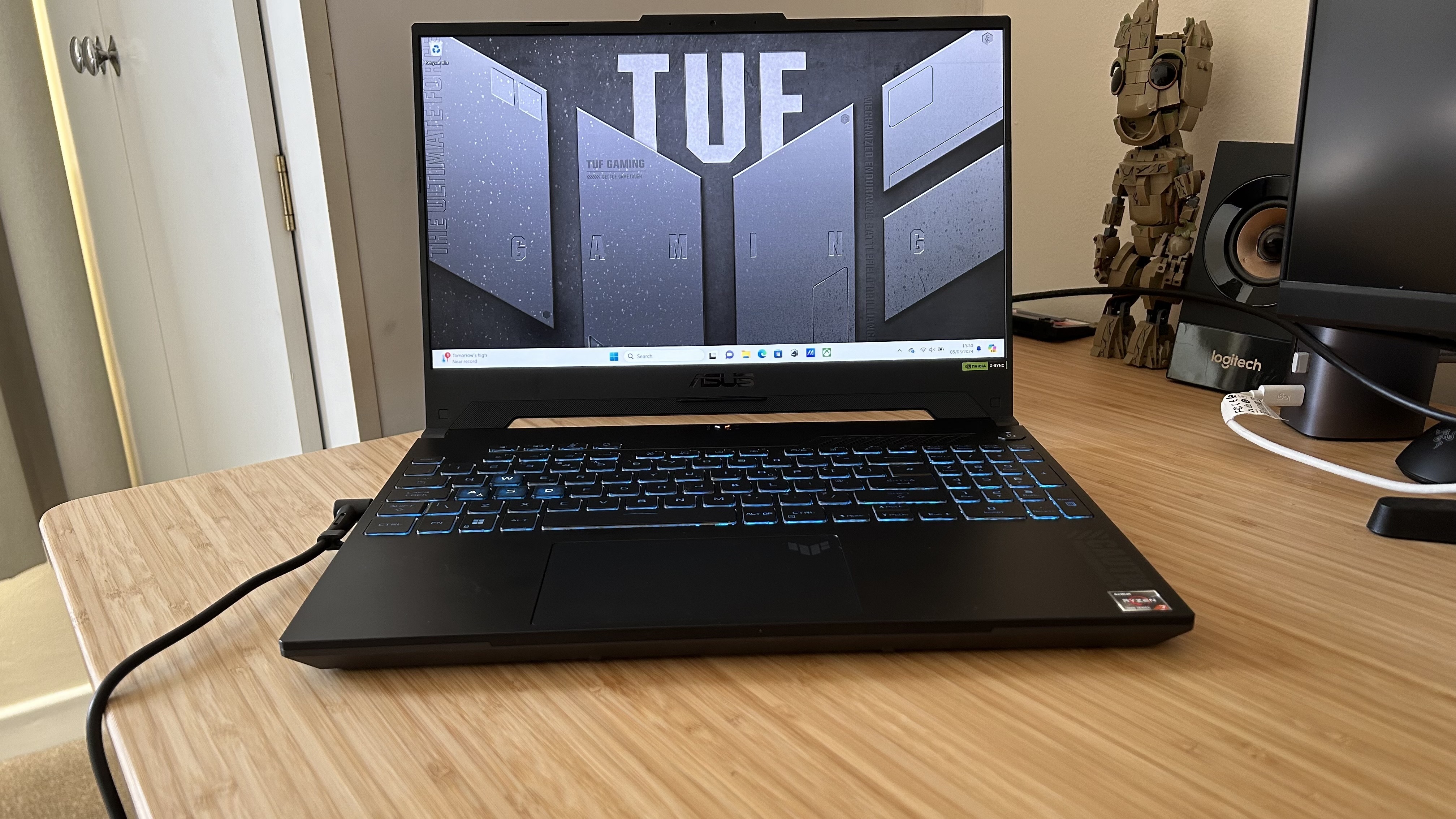
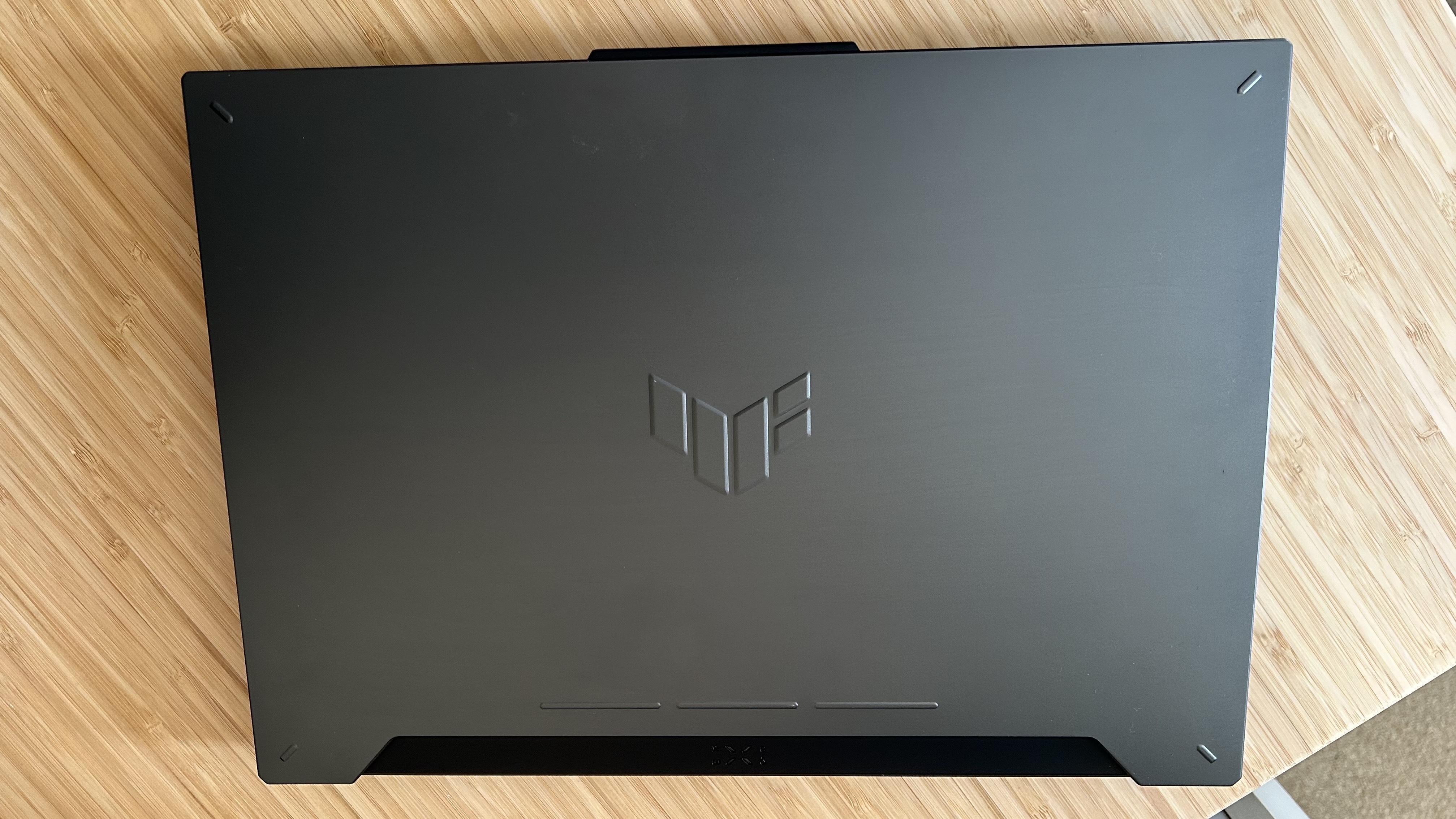
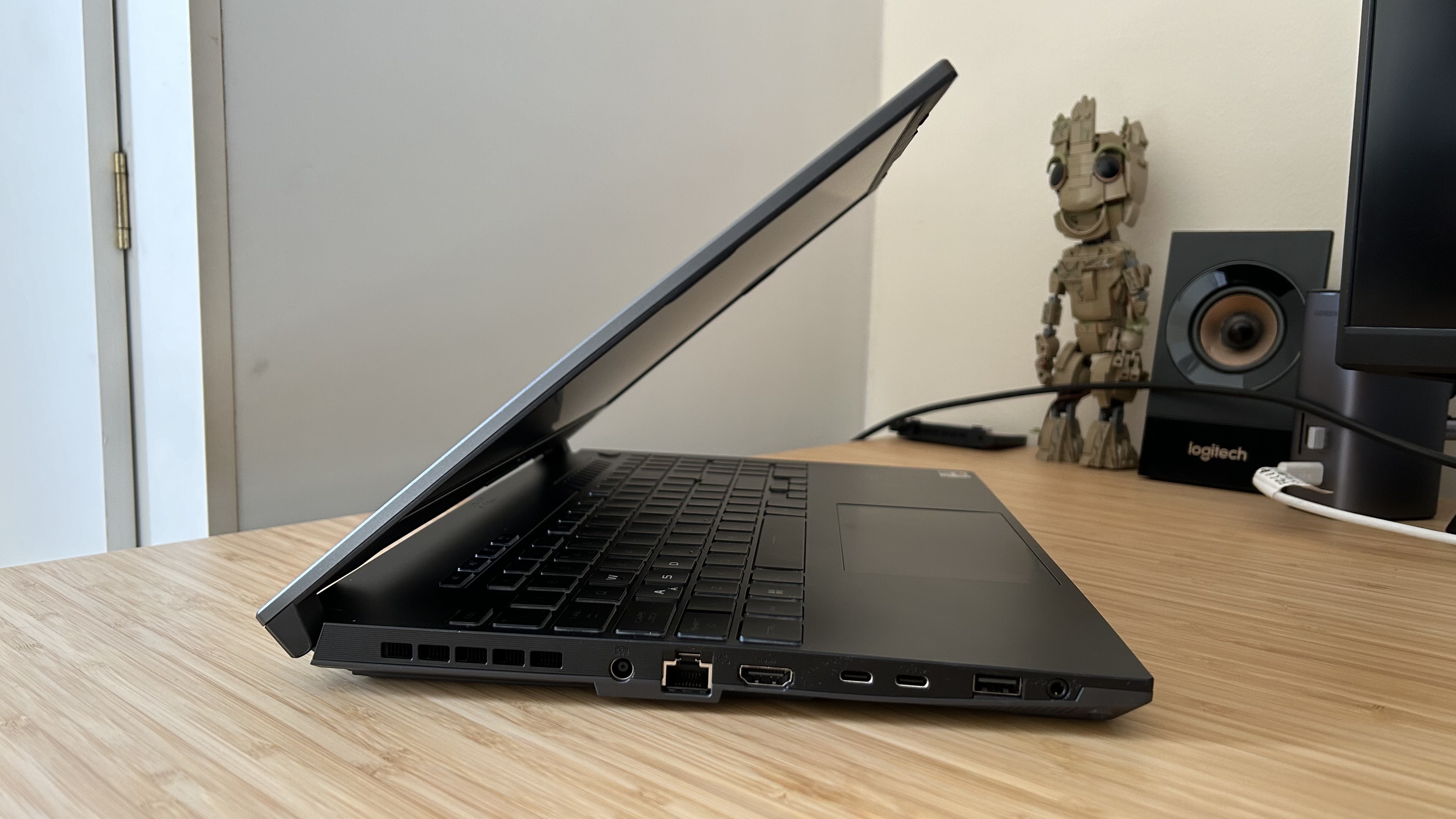
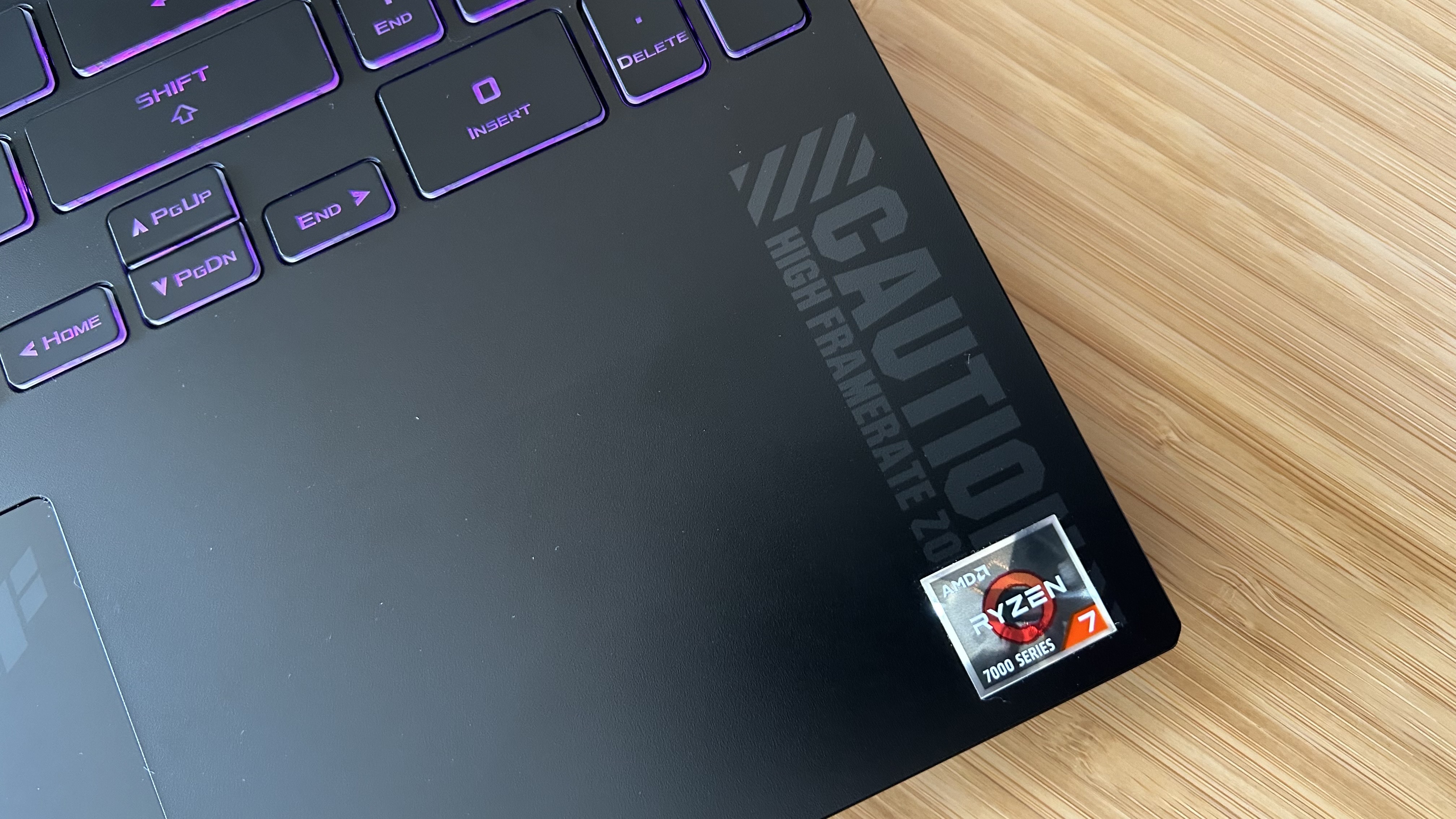
Specifications
Reasons to buy
Reasons to avoid
Many of the best Asus gaming laptops can command a serious price tag, but the brand also excels at the bottom of the budget as well. Nowhere is that exemplified more than in the Asus TUF A15. This is a model with a well established position in cheaper categories, and while some of its features are a little dated in 2024 it's certainly the best budget pick of the lot right now.
✅ You value speed: You're getting some solid speeds for your cash here, thanks to the A15 keeping things simple with a 1080p display.
✅ You use a gaming headset: You'll get the best performance possible out of this machine with those fans cranked right up and while they're not the loudest we've heard this is one for those who already have a gaming headset to spare.
✅ You want a premium finish: Asus has always done a great job of making cheap gaming laptops feel far more premium. You're getting a metal lid and simple aesthetic here to keep things streamlined and suave.
❌ You need a portable device: If you need a portable laptop for everyday work, we'd recommend looking elsewhere. Not only is the A15 chunkier than other options, but the trackpad isn't up to a full day's grift.
❌ You prioritize high-end performance: If you want to play super demanding games maxed out on their settings you'll need to look further up the price scale by default.
Design: Like the Asus TUF Dash F15 before it, the A15 looks far more premium than its price tag suggests. That's thanks to the metal lid and cool gray tones used throughout. This is the kind of build material that initially drew me to the TUF line for my own first gaming laptop, and it continues all these years later. Of course, you're still getting the TUF logo stamped onto the top, as well as some cringe-inducing text slapped across the bottom corner inside, but overall this is a slick design without too much gamerfication to it.
Everything fits together beautifully without any concerns over longer term durability. A little flex in the main typing deck is nothing to be concerned about, and I never experienced any worrying creaks or groans when manipulating the hinge either.
Features: The Asus TUF A15 keeps things lean in the feature department, offering everything you need to get going without investing too much of its price tag into extras. That's perfect for a budget rig - you're getting a solid keyboard, workable trackpad (should you need it), and a standard 1080p 144Hz display up top. The 16:9 aspect ratio on this screen does age the device a little, especially with the chunkier bezel down below.
You're getting a full-sized keyboard with slightly smaller caps to make room for everyone, but a good amount of spacing in between. The typing feel itself is softer than a more premium deck, though once again everything is nicely functional in itself. The same goes for the trackpad, though the clunky feel is enough here to ward anyone off longer stretches of everyday work. If you're after a true hybrid device, these elements are going to be enough to have you looking further up the price scale.
Performance: The Asus TUF A15 focuses its value on its performance which, for the money, is particularly impressive. 1080p benchmarks across more demanding games like Returnal and Hitman 3 managed to stay well above 60fps in the RTX 4060 configuration I tested, and were much closer to 100fps in reality. This is fantastic performance considering the price tag, putting the RTX 4060 to work in a larger chassis to get fantastic value for money overall.
For its budget price point, the Asus TUF A15 certainly gives the effect of a more premium gaming laptop.
Asus TUF A15 review
Verdict: The Asus TUF A15 concentrates its value in its performance, which means you are dropping a few more luxurious touches you'll find on more expensive machines. Still, if you're chasing mid-range framerate levels but don't want to slide too far up the price scale, this isn't just your best Asus option it's the best budget rig I've tested so far.
Read more: Asus TUF A15 review
The best value Asus gaming laptop
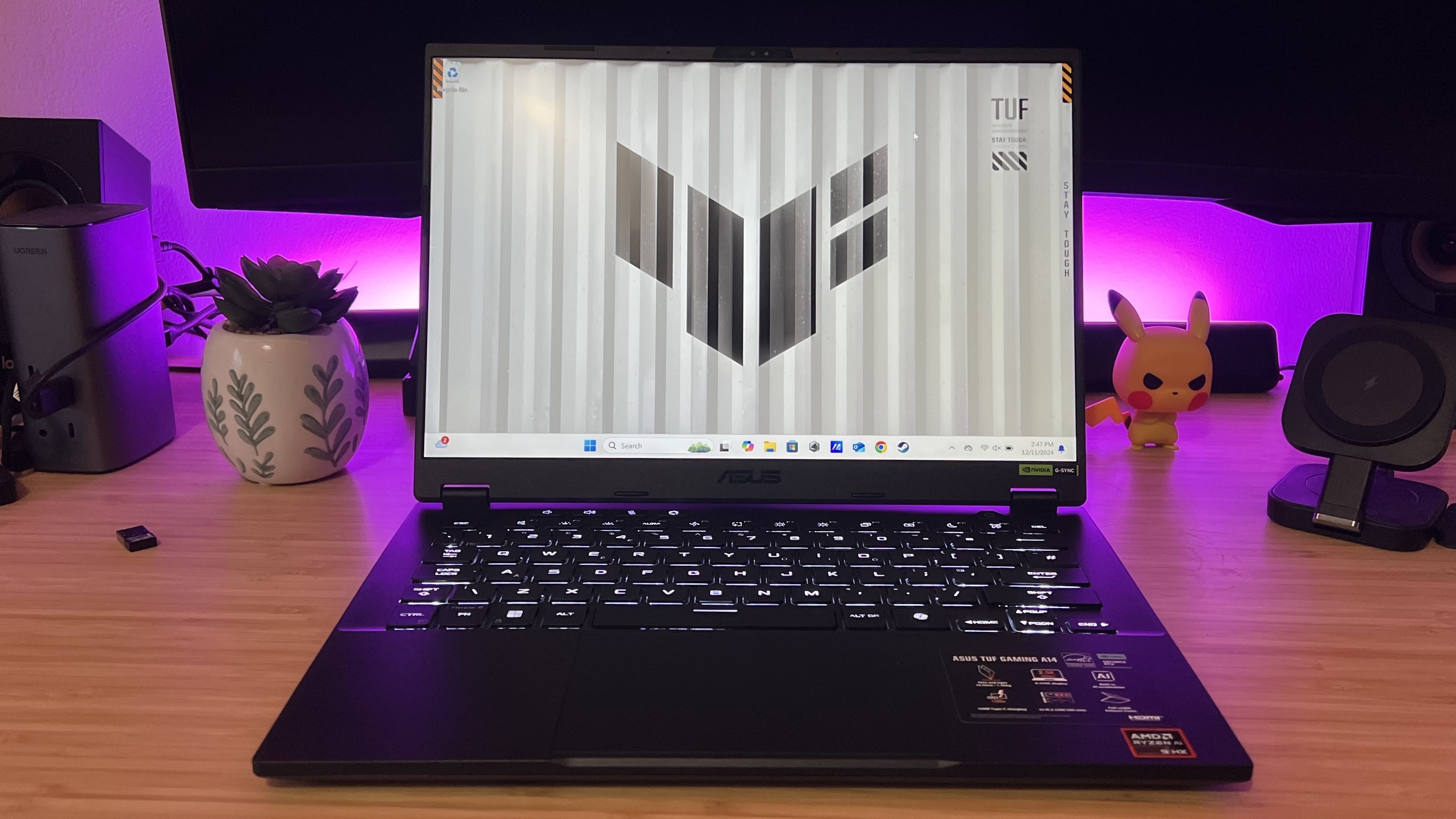
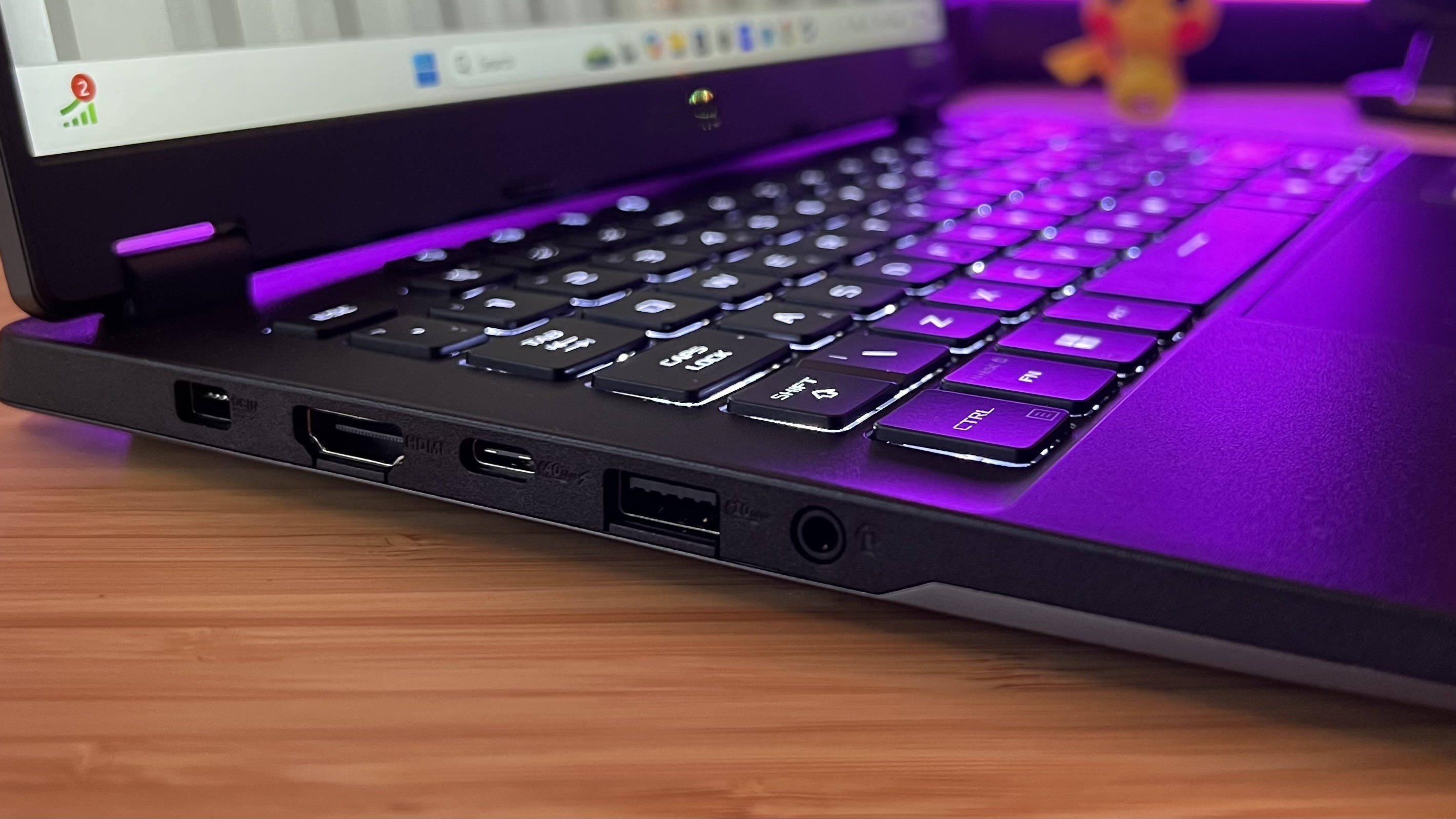
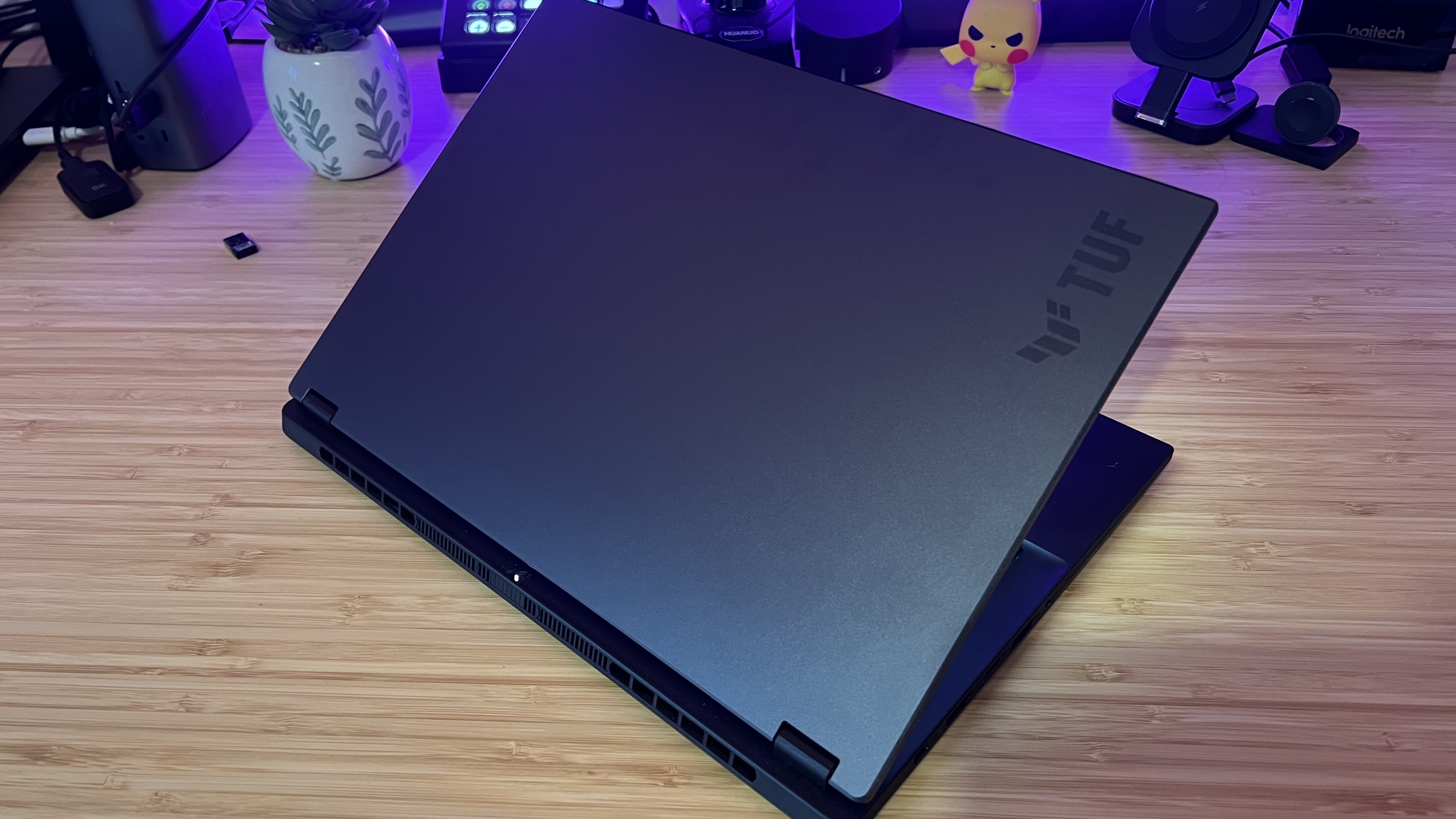
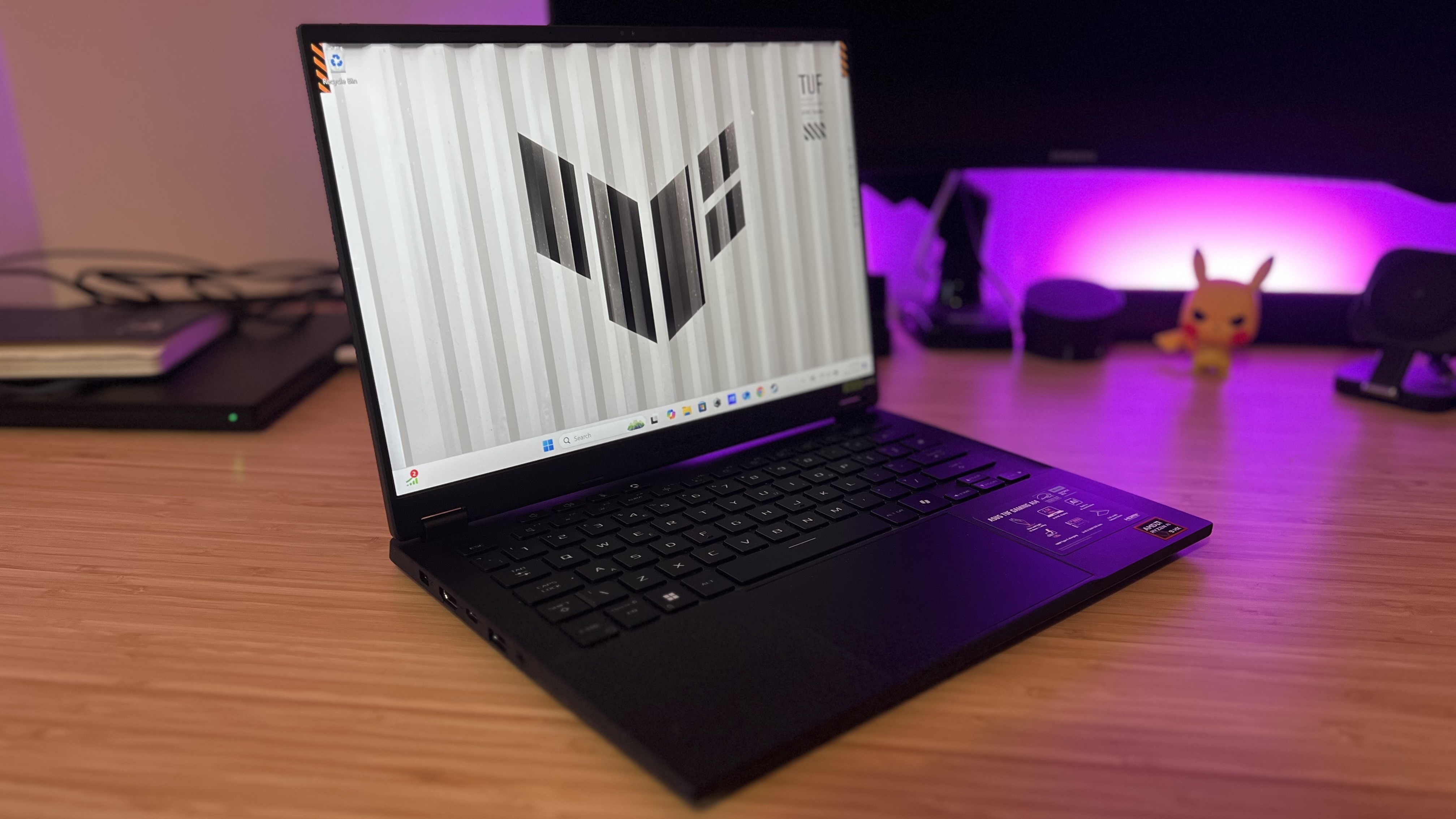
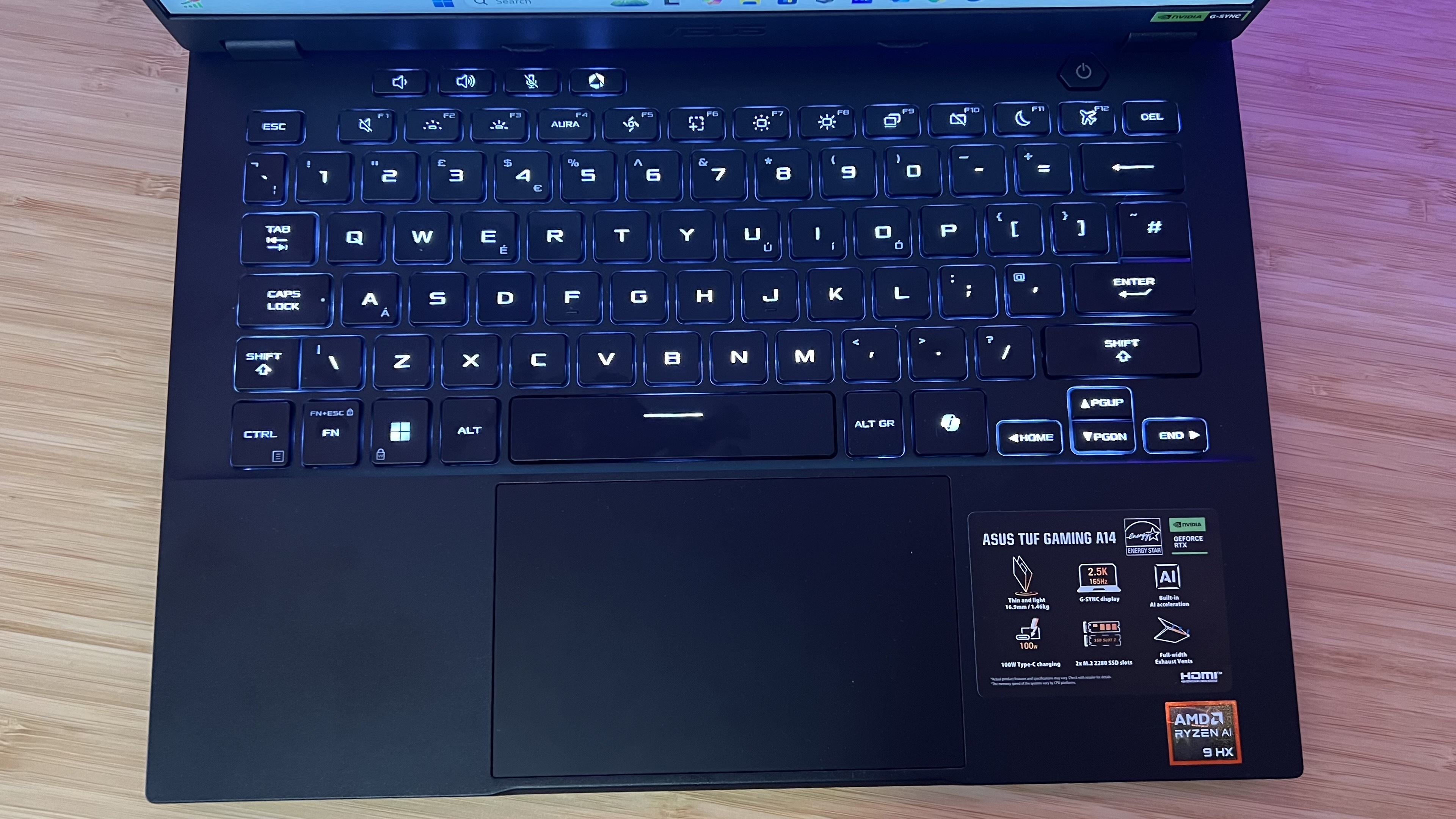
Specifications
Reasons to buy
Reasons to avoid
The Asus TUF A14 is one of the most impressive gaming laptops I've tested this year overall, but its value for money is particularly exciting. A $1,499.99 MSRP nets you a turbo-charged AMD Ryzen AI 9 HX 370 processor, RTX 4060 GPU, 32GB RAM, and a 2TB SSD. Those are specs that rarely make it down to this kind of price point.
✅ You prefer a slimline build: If you're travelling with your laptop regularly, or you just want more of an ultrabook feel, the 0.7-inch thickness and 3.2lb weight of the A14 drop it nicely into the slimline category.
✅ You don't want to spend on a G14: The A14 looks and feels like an Asus ROG Zephyrus G14 from a couple of years ago - just with up to date tech under the hood. The Zeph can get pretty pricey, but this is a fantastic affordable alternative.
✅ You want a hybrid work / play device: With Windows CoPilot AI features and that skinnier form factor, the TUF A14 is well suited to both gaming and productivity uses.
❌ You want an OLED panel: The A14 does drop the OLED display of the Zephyrus, replacing it with a still impressive 165Hz QHD+ IPS panel. If you're after that extra vibrancy and contrast, though, you'll need to move further up the price scale.
❌ You want high-end materials: This is a cheaper gaming laptop, so you're not getting the CNC-milled chassis of more high-end machines. While it's still durable, those after a luxury finish will want to look elsewhere.
Design: The Asus TUF A15 keeps its cool with a slate gray aluminum lid and a plastic under-chassis, combining a more subtle aesthetic for its slimline form factor with a super robust MIL-STD 810 safety rating. That means you're getting the best of both worlds - a slimline feel rated to last against extreme temperatures and drops. These are cheaper materials than you'll find in the Asus ROG Zephyrus G-Series line, but they never feel too flexible or creak during use. Instead, you're trading that unibody CNC-milled luxury for affordable but still slick looking reliability. It also just so happens to be one of the thinnest and lightest Asus gaming laptops on the market, with 0.70-inches thickness and 3.2lbs of weight.
Features: The AMD Ryzen AI 9 HX 370 rules the roost here - it's the latest and greatest AI chip from AMD, running on all the newest architecture to deliver some phenomenally fast performance. The A14 prioritizes this internal power in its price tag, pairing the CPU with a solid mid-range RTX 4060, bags of RAM, and plenty of storage. That means performance losses due to a smaller chassis are less noticeable here, and you're getting far more power than you usually would for your cash.
That does mean other sacrifices have been made. The IPS panel up top is still impressive - a QHD+ 165Hz panel isn't to be taken for granted in cheaper machines like this. However, it's not as vibrant as the OLED display featured in the Zephyrus G range. The keyboard feels great under the hand, but its backlighting is set to a simple white with no options for customization. You're also dropping Thunderbolt functionality from your USB-C ports as well. In general, though, none of these sacrifices should be deal-breaking for those after a lower mid-range hybrid machine.
Performance: The Asus TUF A14 impressed in my testing, running well above other slimline 14-inch machines in both in-game and synthetic benchmarks and even coming close to RTX 4070 Razer Blade 14 and Asus ROG Zephyrus G14 numbers. These components are working particularly hard to delivery slick 1080p and 1600p gameplay across even more demanding titles. However, it was the CPU that truly shone the brightest. It beat every other model in its class to set new records in efficiency and raw performance. Not only that, but its low power draw means battery life runs particularly strong here. Gaming is obviously going to chop your charge time considerably, but I was able to easily work a full day away from a power outlet. That's not something I say regularly in the gaming laptop space.
Verdict: With excellent power under the hood, a slick display, and a versatile form factor, the Asus TUF A14 could easily sit at a much higher MSRP. Considering the top-line spec only hits at $1,499.99, this is a steal - and the fact that this range sees regular discounts is just another feather in its cap.
Read more: Asus TUF A14 review
The best 14-inch Asus gaming laptop
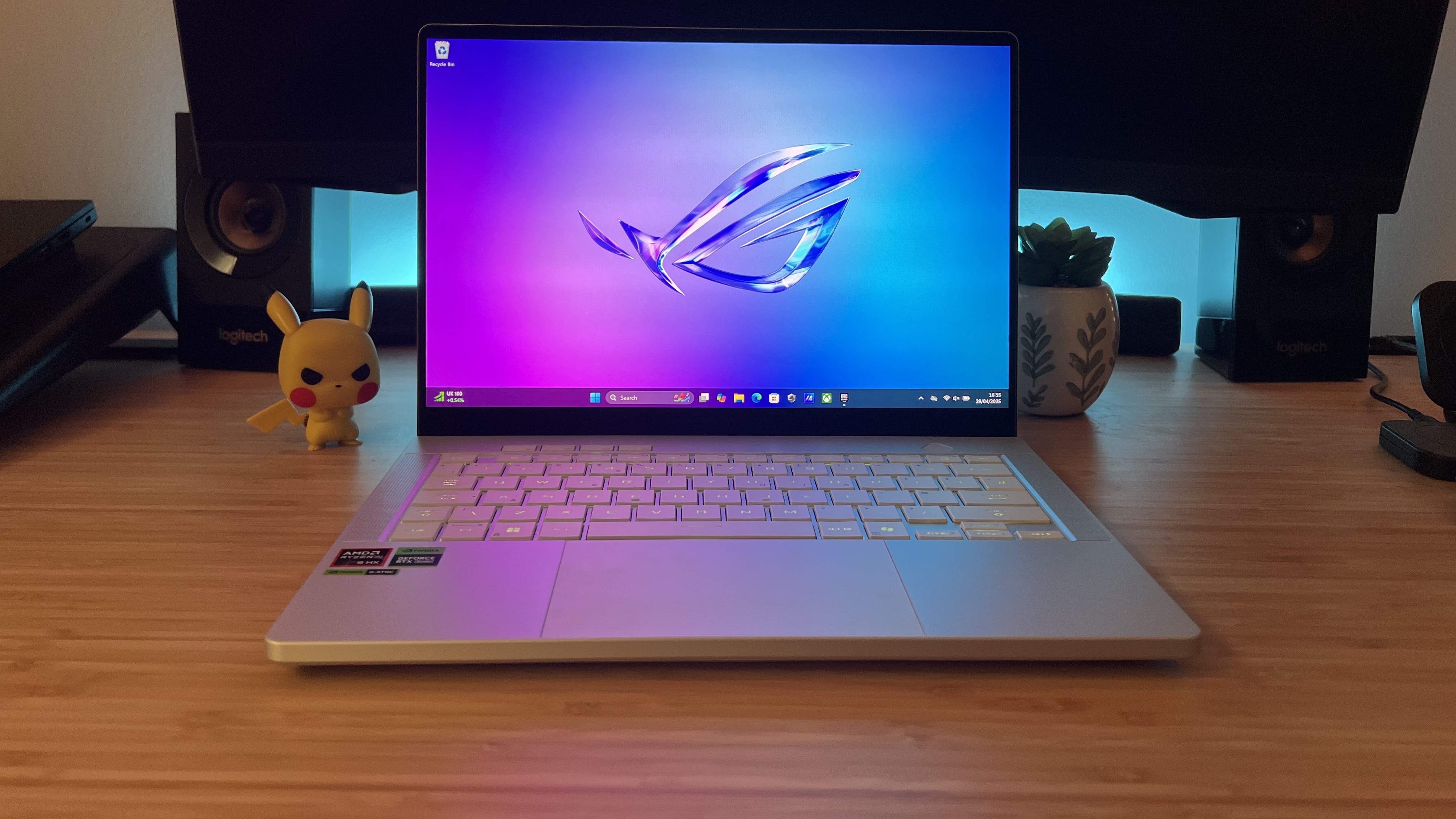
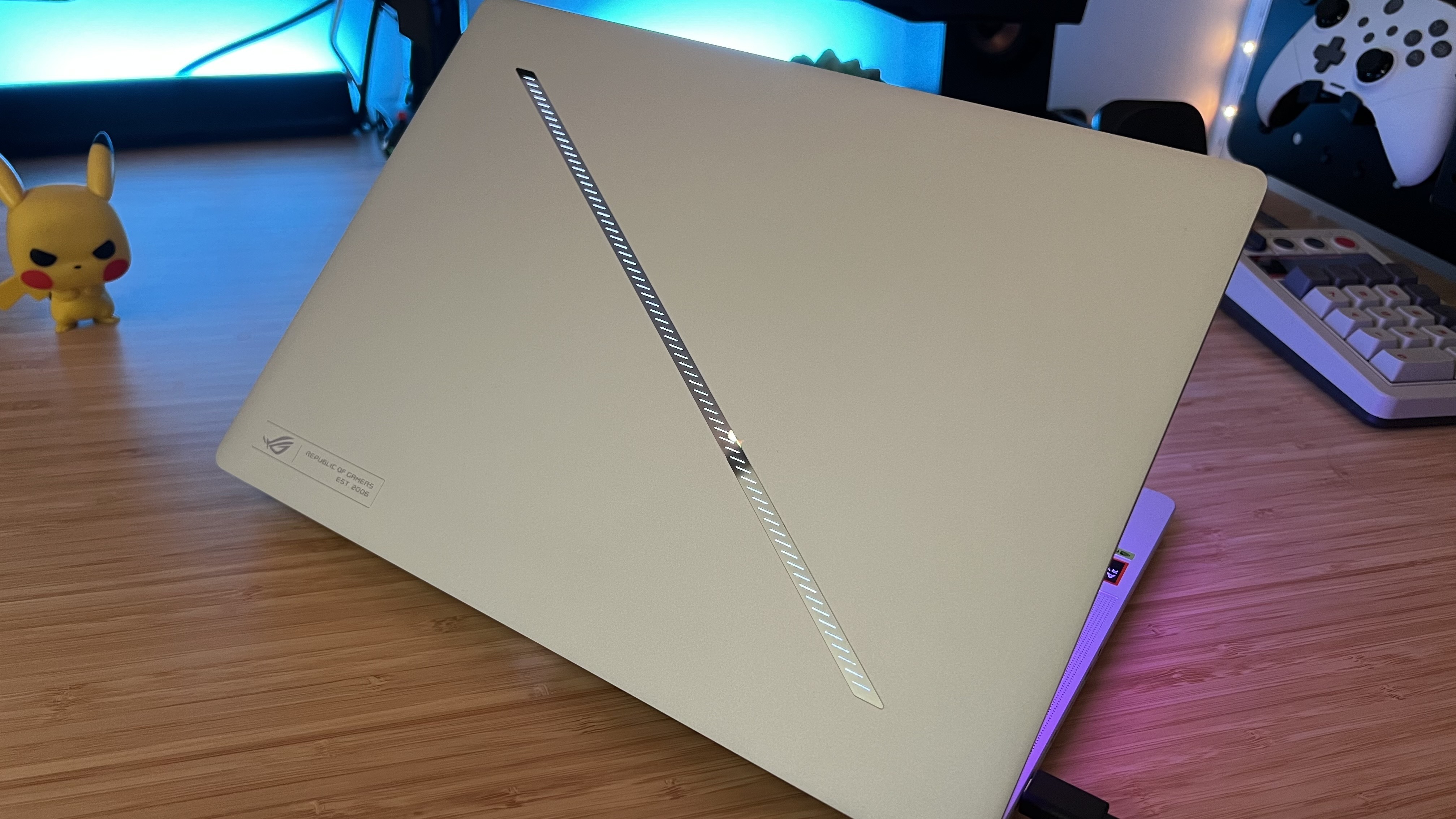
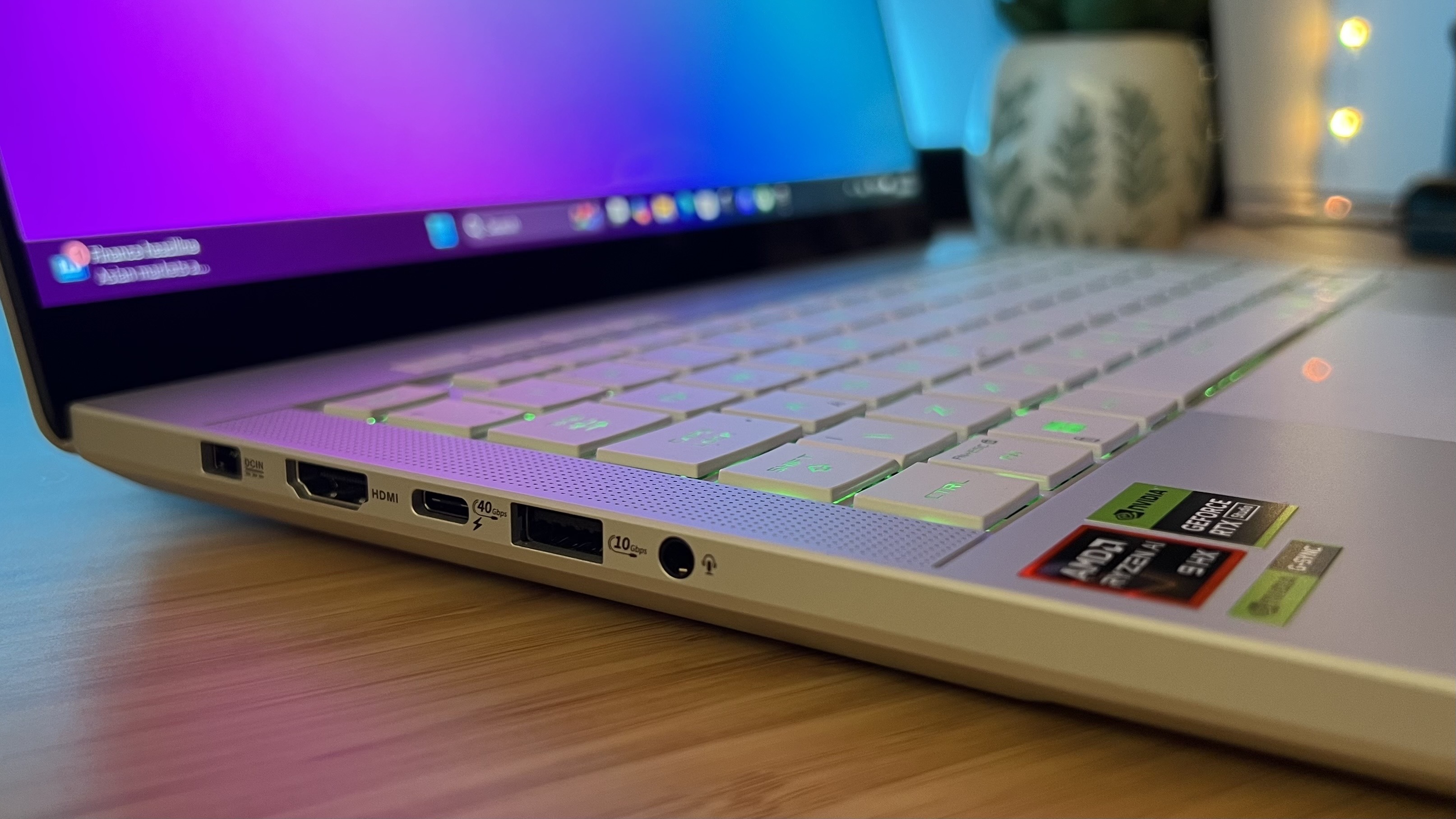
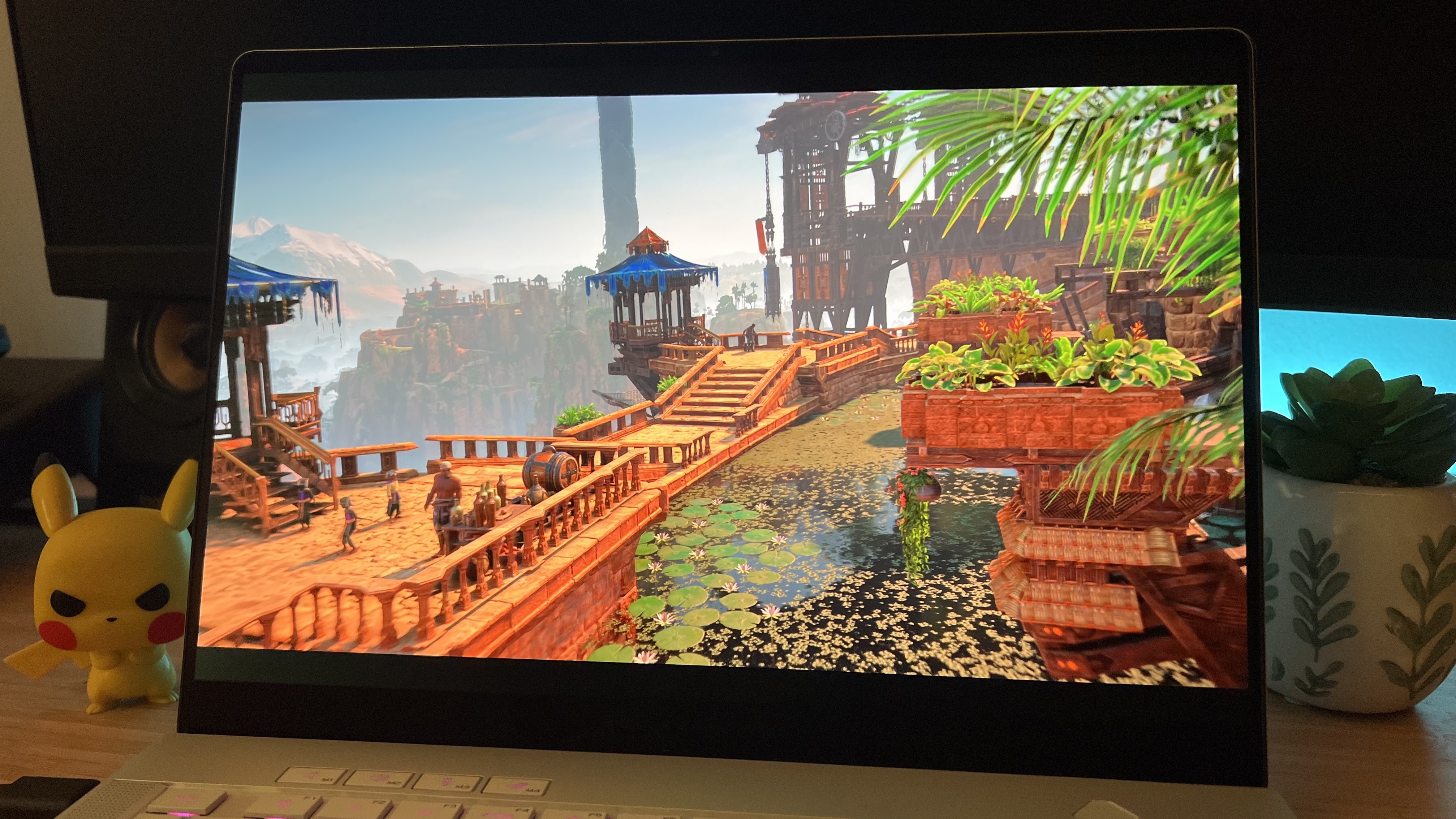
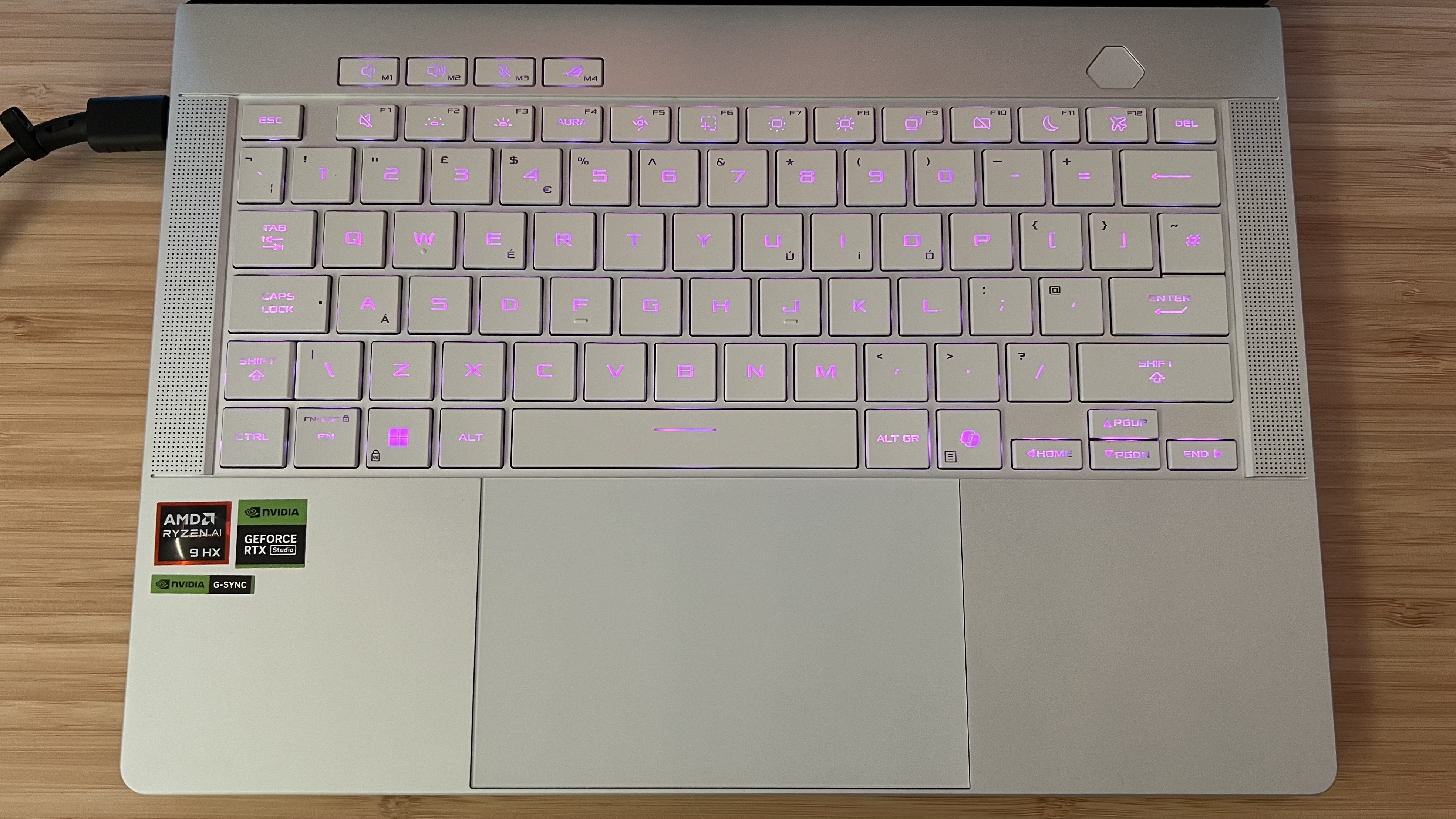
Specifications
Reasons to buy
Reasons to avoid
The 2025 Asus ROG Zephyrus G14 marks a slight departure from the previous generation, hence the fact both are staying on this list for the time being. The RTX 50-Series generation is more powerful, but considerably more expensive in its cheapest configurations. That means it's the best 14-inch Asus gaming laptop on the shelves, but not necessarily the best model for most players.
✅ You want true portable power: If you want the smallest gaming laptop possible, but still want to run demanding games at solid framerates, this is where you need to be looking.
✅ You need a laptop for work and play: That 14-inch screen is going to make the most sense for hybrid users. It's perfect for carrying around for work, but can also double up as a slick gaming panel.
✅ You know you want new-generation components: The RTX 50-Series comes with its own benefits and drawbacks, so if you're after enhanced DLSS support and boosted efficiency you're best off with a new device.
❌ You only play lighter games: If you don't play demanding titles, you should be able to get away with the RTX 4070 inside the much cheaper previous generation.
❌ You want to run multiple high-refresh rate 4K monitors: This being an AMD build, there's no Thunderbolt support on board. While USB-4 can still hook you up to external displays, those looking for high-speed UHD monitors should be on Intel's side.
Design: This is still the super slick ultrabook-like aesthetic of yesteryear, with its soft rounded corners, sleek aluminum chassis, and incredibly sturdy build quality. That feels amazing in a slimline gaming laptop and, while the 2025 model is slightly thicker than the 2024 version above, the Zephyrus manages to stay cool and comfortable in this form factor as well. Two colorways are available; the darker Eclipse Gray or the Platinum White I received. It's not particularly white, more of a light gray or silver, but it still carries that crisp, clean energy.
The hinge is super strong but still malleable enough to open confidently with one hand, and the actual base is solid. All in all, this is a fantastic gaming laptop design and I'm glad it's stuck around for another year - even if that annoying LED 'Slash Lighting' still persists.
Features: The new G14 is configurable with either an RTX 5070 Ti or RTX 5080, that's a considerable step up from the previous generation, which focused on more entry-level configurations. Rather than tapping out at an RTX 4070, though, this thing is taking you much further. That's supported by one of my favorite processors, the AMD Ryzen AI 9 HX 370. It's AI-flavored, but it consistently beats previous generation CPUs in my testing and performs much better than Intel's counterparts.
The display still runs at 2880 x 1800 resolution and that OLED panel keeps everything looking vibrant and fresh. I did, however, notice that warmer tones were a little more blown out on this display during testing - even if more natural blues, grays, and greens were replicated beautifully. That 120Hz refresh rate hurts a little, considering most high-end gaming laptops use 240Hz as standard these days.
The AMD build also means you lose out on Thunderbolt connectivity. You're not really going to notice the difference between Thunderbolt 5 and USB-4, unless you want to connect more than two 4K displays or you're transferring particularly large files as fast as possible.
Performance: Considering last year's model didn't go beyond an RTX 4070, 2025's G14 races ahead in its performance. I tested the flagship RTX 5080 version and noted a 30% increase in raw performance across 3D Mark Fire Strike and 42% increase in Fire Strike. Considering the G14 is a smaller machine it also performed admirably against the rest of the market. It hit in-game benchmarks comparable to those of an RTX 4090 running inside a larger chassis in my testing, though you'll need to switch on a few extra DLSS features to get smooth gameplay in more demanding titles like Black Myth Wukong or Cyberpunk 2077.
Verdict: Last year's G14 was an everyday laptop with gaming chops, this year's is a dedicated flagship with the price to match. That means it's no longer the best Asus gaming laptop for most players, but it is the best 14-incher the brand has produced so far.
Read more: Asus ROG Zephyrus G14 (2025) review
The best 16-inch Asus gaming laptop
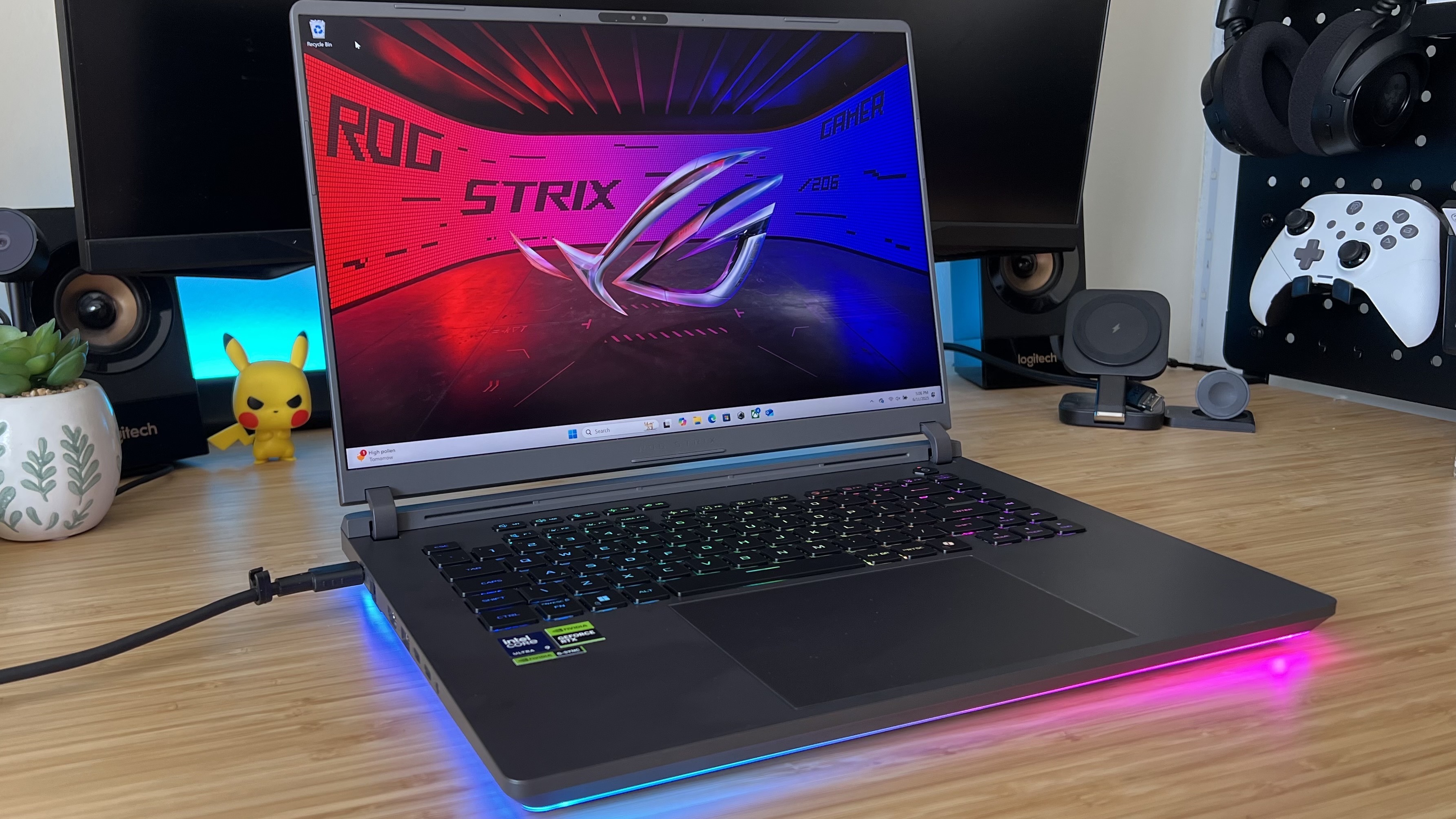

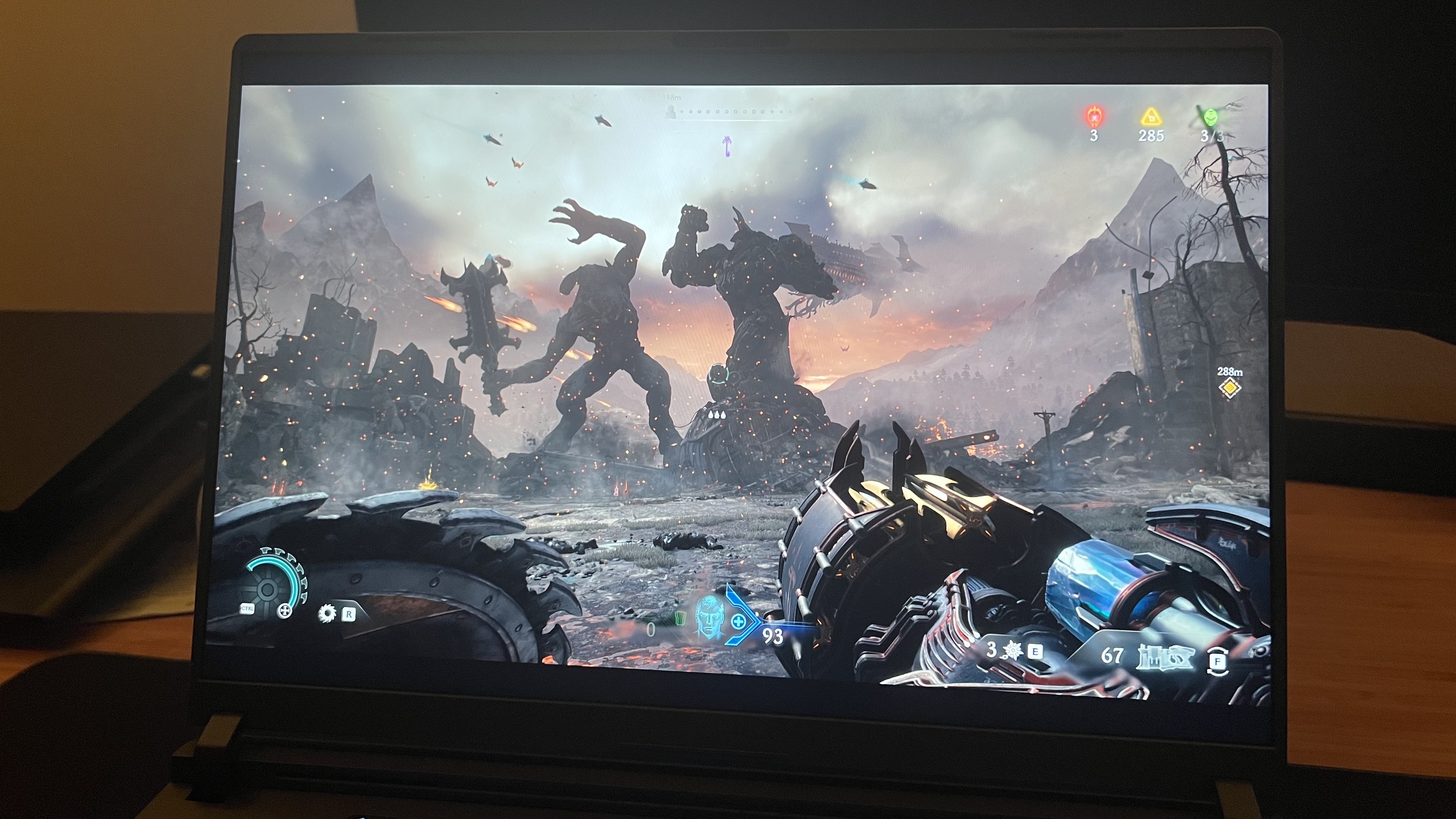
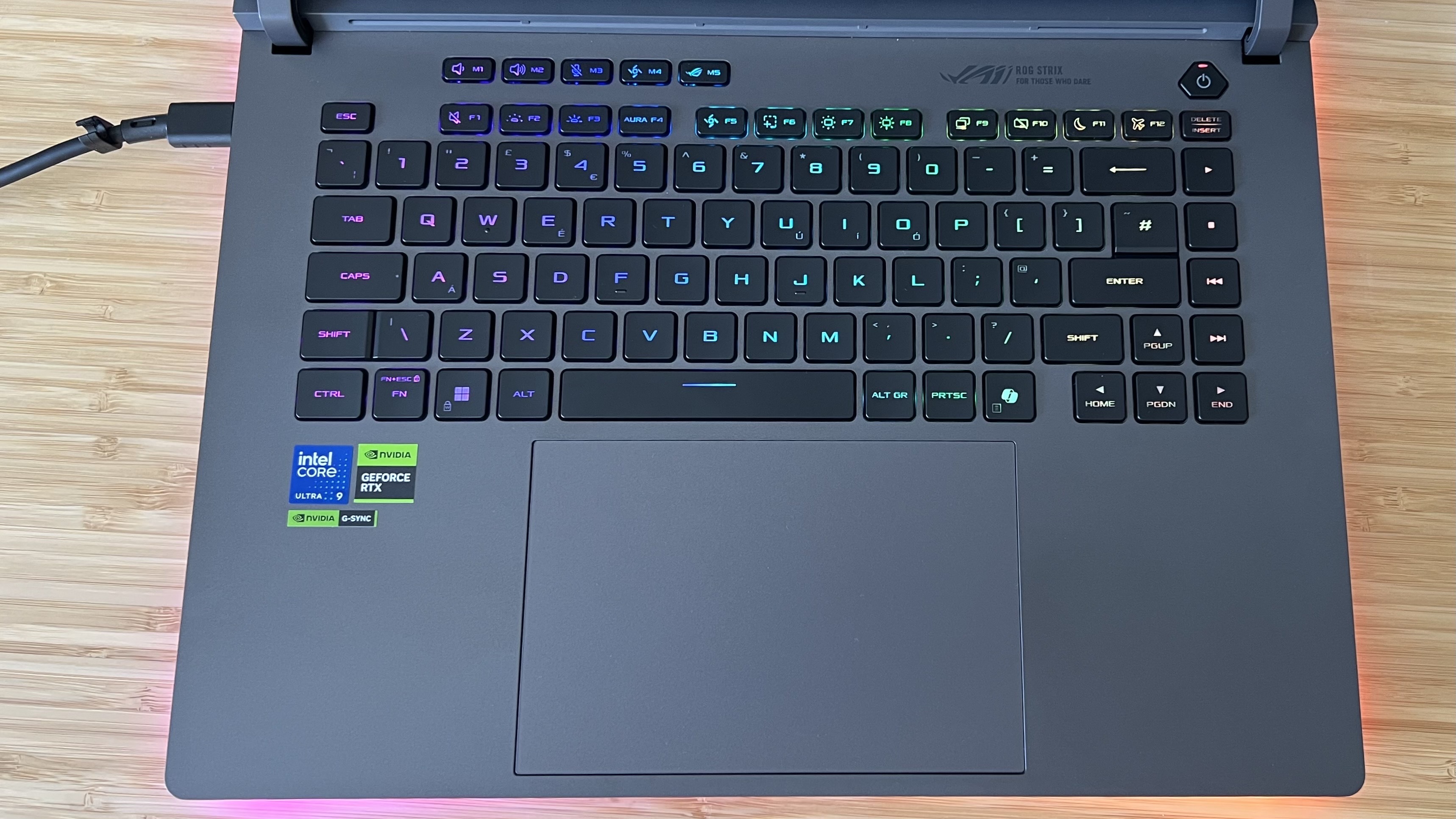
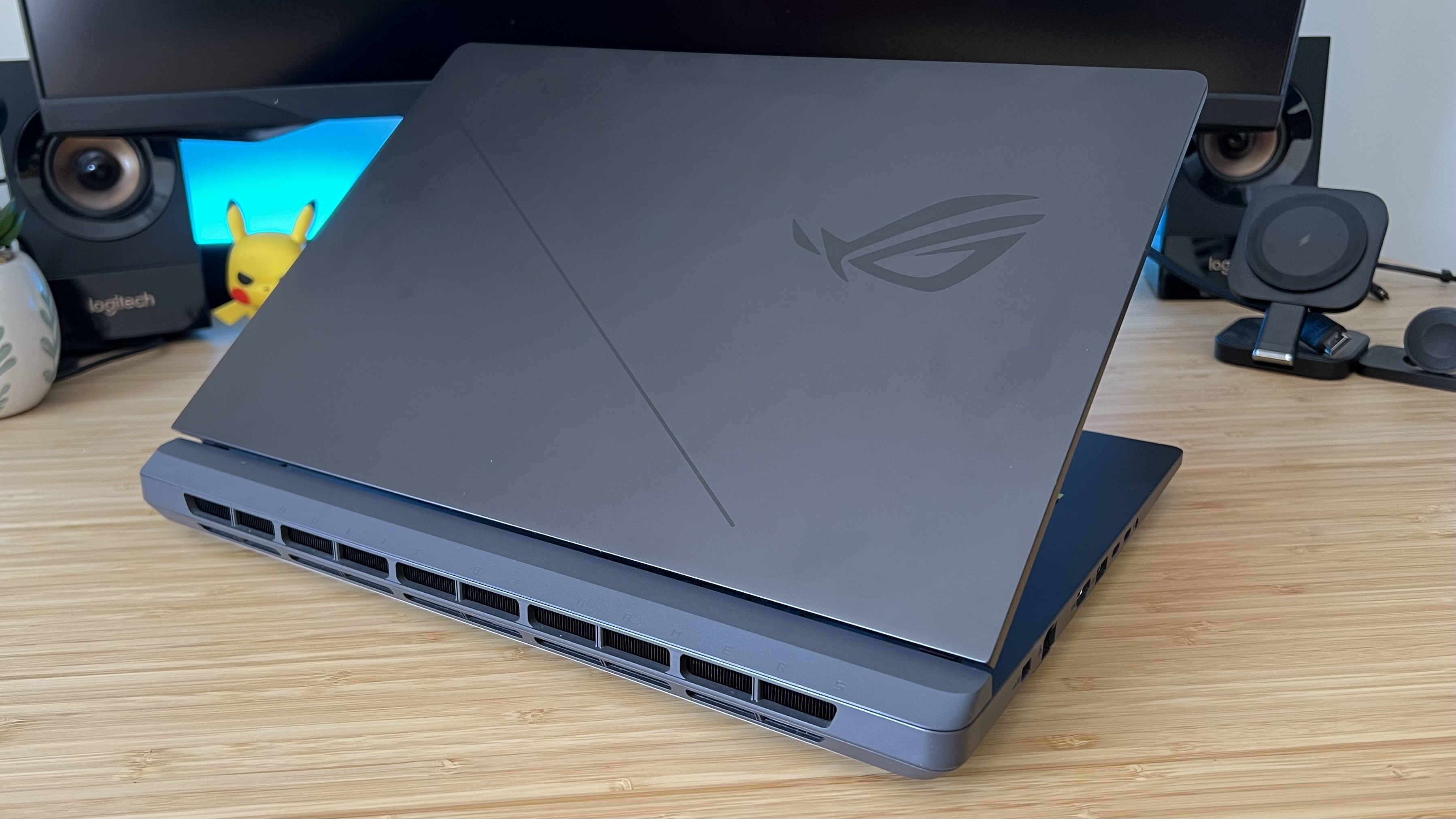
Specifications
Reasons to buy
Reasons to avoid
The Asus ROG Strix G16 is the best 16-inch Asus gaming laptop for most players right now, thanks to its fantastic compromise between power and price. No it doesn't boast the OLED display of the Asus ROG Zephyrus G16, but it drops a few notches off the price of the Asus ROG Strix Scar 16 model at the same time. That makes it a fantastic all-rounder.
✅ You prioritize performance over portability: The Zephyrus is slimmer, but the Strix packs better performance for the price overall.
✅ You still want a slick design: Not many chunky gaming laptops still manage to feel sleek under the hands, but this is a particularly streamlined aesthetic.
✅ You still want a solid display: It's not OLED, but the Strix G16's display still packs a punch in both vibrancy and contrast.
❌ You travel regularly with your laptop: If you need a laptop for both work and play while on the go, you'll feel the benefit of a slimmer design like the Zephyrus.
❌ You want to go over the RTX 5080: If you need top-of-the-range power you'll need to bump up your investment to meet the Scar model, even if returns are diminishing.
Design: I was surprised by just how sleek the Asus ROG Strix G16 felt and looked on a tabletop. While this is a chunkier chassis (which makes way for better performance), the light gray aesthetic and tapered front lip make it seem like a far more streamlined model overall.
That's accompanied by a subdued internal design, without any of the larger icons you'll find in cheaper models. This is a gaming laptop, though, and Asus's RGB lighting is particularly impressive. The strip that surrounds the base of the G16 casts a super vibrant glow onto the desk below, making for a fantastic visual effect similar to that of the more expensive Scar models.
Features: The G16 doesn't use an OLED display like its Zephyrus cousin, but this panel still impressed. I thoroughly enjoyed my time zipping through Doom: The Dark Ages maps on the QHD+ 240Hz face, with bolder colors popping with excellent clarity and a particularly strong sharpness to the image as a whole. OLED ain't everything after all.
Elsewhere, the G16 comes stacked with a good supply of ports, with more USB-A options than you'll find on the G16. They are split across either side with no rear connections, though it's easy to keep everything to the right if you want to keep your mouse hand free.
The keyboard feels fantastic under the fingertips, with enough energy to feel springy and energetic but a satisfying tension underneath each cap maintaining that precision as well.
Performance: I used an RTX 5070 configuration of the Asus ROG Strix G16 and it was the first time an RTX 50-Series machine really showed improved gen-on-gen native rendering. It's not quite catching up with the RTX 5080 in the slimmer Zephyrus G16, but it advances on my old RTX 4070 benchmarks considerably. Not only that, but the CPU itself quickly outpaced that of the Zeph as well.
Verdict: The Asus ROG Strix G16 is the best 16-inch Asus gaming laptop I've tested so far, offering more value than the Zephyrus while catering better to a wider range of play styles.
Read more: Asus ROG Strix G16 review
How we test Asus gaming laptops
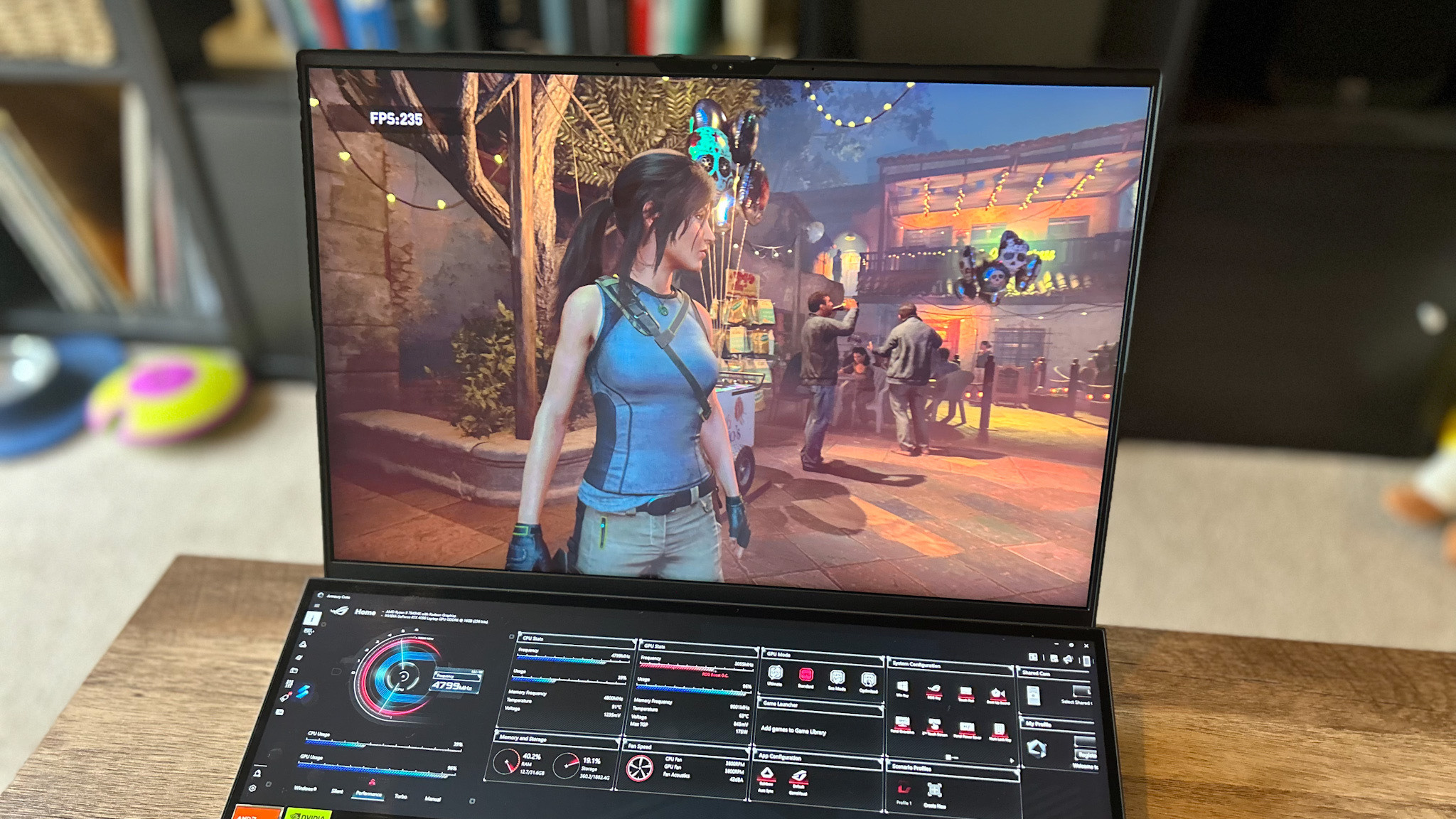
We've run all of the Asus gaming laptops above through a series of stringent tests, both in real world gaming scenarios and in stress testing industry benchmarks.
Every machine that passes our desks is run through 3D Mark Time Spy, Fire Strike, and Steel Nomad to stress its GPU, PC Mark 10 and Cinebench to check its productivity and CPU power. We then run each Asus gaming laptop through in-game benchmarks on both High and Ultra settings across both 1080p and 1600p.
Our current suite of test games is listed below, but older machines may have been benchmarked on a combination of Metro Exodus, Red Dead Redemption 2, The Division 2, Rainbow Six Extraction, and Hitman 3 in addition to Shadow of the Tomb Raider and Total War: Three Kingdoms.
- Shadow of the Tomb Raider
- Total War: Three Kingdoms
- Cyberpunk 2077
- Horizon Zero Dawn: Remastered
- Black Myth Wukong
These synthetic and real-world benchmarks allow us to rate and compare internal performance of each laptop, but we also live, work, and play with each machine to appropriately explore form factor, features, and portability.
The design portion of our gaming laptop review process is based around weight, comfort, build quality, and aesthetic. We evaluate the build materials used (and any flexing, creaking, or wobbling they may yield) for both long-term durability and value for money. Portability is tested using a standard 16-inch or 18-inch backpack to take the laptop out and about in at least two instances; a shorter trip to work from a coffee shop or library and, generally, a longer trip as well.
We evaluate an Asus laptop's features according to its price position within the market and its value for money overall. That extends across display, battery, included software, keyboard and trackpad feel, speakers, and connectivity. The screen is tested within a range of lighting conditions across scenes of varying brightness and detail. Meanwhile, the battery is fully run down across both work and gameplay with display brightness set at 50% and RGB switched on.
For more information on how we test gaming laptops take a look at our full GamesRadar+ Hardware Policy.
Also Tested
Asus ROG Zephyrus G16 (2025) | Available at Amazon
The Asus ROG Zephyrus G16 was previously my top pick for a 16-inch Asus rig, but with the Strix G16's more approachable specs, price, and value it's been bumped from the top spot. This is still your go-to if you prioritize portability, though.
Asus ROG Zephyrus Duo 16 | Available at Amazon
A high price compared to newer RTX 50-Series options, combined with a drop in availability, means the Asus ROG Zephyrus Duo is off the top list. However, if you're looking for something a little different it's worth seeing if there are any second-hand units available.
Asus ROG Strix Scar 16 | Available at Amazon
Last year's Scar 16 was the best of the bunch back in the day, but now that the RTX 50-Series is here it's lost its top spot. Still, with prices dropping and native performance increases between generations being minimal this remains worth a look.
Asus ROG Strix Scar 18 (2023) | Check Amazon
The older Asus ROG Strix Scar 18 was the most powerful Asus laptop I had tested until the 2025 model came along. That means this one's in the back pocket now, especially considering availability is lacking.
Asus ROG Flow Z13 (2025) | Available at Asus
It's not technically a laptop, but it's certainly more powerful than your average gaming tablet. The latest 2025 Asus ROG Flow Z13 works magic with the integrated graphics it ships with, but it's not powerful enough to take on these more powerful models at lower prices.
Asus ROG Zephyrus G16 (2024) | Available at Amazon
The G16 is, essentially, a larger version of the G14. You're getting the same premium ultrabook-esque form factor with a gorgeous OLED display and a luxury finish. If you're after a 16-inch model, though, you'll get a far better price/performance ratio with the Strix Scar 16. This is one for those looking for portability but a little extra screen space compared to the G14.
Asus ROG Strix Scar 18 (2024) | Available at Amazon
2024's Scar 18 brought some updates to the display and upgraded internals to Intel's 14th-generation processors. However, we didn't find the same blitzing performance under the hood, with the newer model often pacing behind 2023's iteration in benchmarks.
Asus ROG Zephyrus G14 (2023) | Available at Amazon
Last year's G14 impressed with its high-end components squeezed into a super portable chassis. This isn't as luxurious a design as the newer model, but it might be the better fit for those chasing framerates. 2023's iteration could pack up to an RTX 4090 graphics card, whereas the current generation model maxes out at RTX 4070.
Asus ROG Zephyrus M16 (2023) | Available at Amazon
We were impressed by the performance of the M16 on release, but it was also one of the first we tested with Nvidia's 40-Series graphics cards. Today, it's not as strong value as the Zephyrus G16 featured above, especially considering it runs off a slightly weaker processor.
Asus ROG Flow Z13 (2022) | Available at Amazon
The 2022 Asus ROG Flow Z13 makes much more sense as a high-end tablet rather than a gaming laptop. Its performance and specs can't keep up with the competition at this price point, but if you're after the functionality of that detachable touchscreen it's well worth a look.
How to choose an Asus gaming laptop
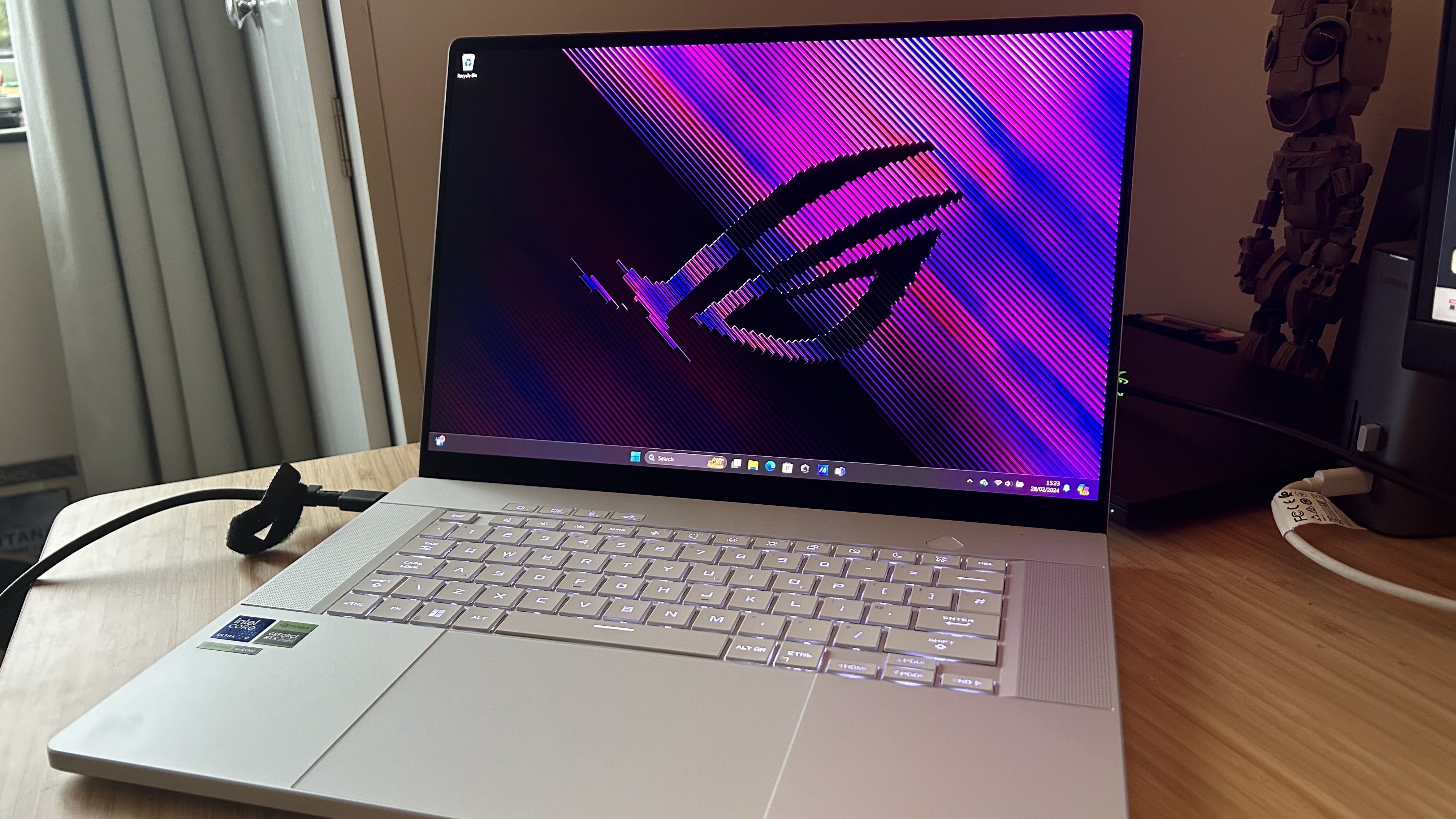
There are three main strands of Asus gaming laptops to choose from; the budget TUF series which prioritizes component value over screen and build quality, the ROG Zephyrus line which pushes portability for a hybrid work / play device, and the ROG Strix range - your all-out performance beasts.
Choosing the Asus gaming laptop that's right for you starts by identifying which range suits your needs the best.
| Header Cell - Column 0 | Budget | Gaming | Productivity | Portability |
|---|---|---|---|---|
Asus TUF | Entry level / lower mid-range ($800 - $1,500) | Casual or lighter games, running more demanding games at reduced settings or relying on frame generation techniques | Everyday work and multi-tasking between more demanding programs | Smaller machines can be easily portable, though build quality is less sophisticated than Zephyrus. |
Asus ROG Zephyrus | Mid-range / lower high-end ($1,500 - $2,500) | Fairly demanding games running at high settings with the help of frame generation techniques | Content creation workflows and a particular attention paid to subtle design | Particularly portable, often offering a slimline form factor and low-profile design |
Asus ROG Strix | High-end ($2,500 - $4,000) | Demanding games at high or ultra settings, with additional future-proofing to run blockbuster titles for years to come | Able to work through demanding workflows at home | Often too large and thick to be considered truly portable, and regularly feature stylized 'gamer' designs |
Your budget, the types of games you play, how much you want to work from your laptop, and how often you need to travel with your setup will all loosely determine which Asus machine is right for you. An expensive configuration of an Asus TUF laptop, for example, might overlap with an Asus ROG Zephyrus spec at the bottom of the spec list. It's well worth approaching these machines with a budget in mind, and seeing what's available.
Once you've narrowed things down to the range, it's time to consider size. If you're looking to take your laptop out and about with you, you'll want to look for 14-inch or 16-inch machines (15.6-inch devices are still available, but are being phased out). A slimline 16-inch rig will still be easily portable, but pay attention to the weight on these rigs - they can grow too large to comfortably house in a backpack. Opt for an 18-inch machine like the Asus ROG Strix Scar 18 if you're looking for a desktop replacement that will stay firmly put on your desk.
Then it's time to consider the components available to you. In general, the TUF range taps out at the RTX 4070, but the Zephyrus G16 can move up to an RTX 4090. The Strix range spans only the top-end GPU configurations, focusing on the RTX 4080 and RTX 4090. The processor you receive paired with this GPU will scale with the graphics power under the hood. However, I'd recommend opting for at least 16GB RAM, moving up to 32GB if you're investing in a high-end laptop. Storage will generally stick to either a 1TB or 2TB SSD.
Best Asus laptops: FAQ

Which Asus laptop is best for gaming?
The best Asus laptop I've tested for gaming so far is the Asus ROG Strix Scar 18, with an RTX 5090 at the helm. However, if you're looking for something less bulky, the Asus ROG Zephyrus G14 is the better option overall. Last year's RTX 40-Series model offers better value for money and is still available, but the newer RTX 50-Series version will take its place shortly.
What's the difference between Asus ROG and TUF?
Asus separates its gaming hardware into two camps; ROG and TUF. The former is the brand's collection of luxury hardware, and premium machines that allow for higher-end components and efficient engineering. You'll usually find flashier designs, bolder RGB elements, and higher-quality displays on Asus ROG gaming laptops. By contrast, the TUF series is built to cater to a more budget-minded audience. You're still getting quality here, but with components and certain build elements scaled down to meet a lower price tag.
We're also rounding up all the best Alienware laptops and the best Razer laptops if you're after a different brand. Or, take a look at the best gaming PCs for more of a permanent solution.
Weekly digests, tales from the communities you love, and more

Managing Editor of Hardware at GamesRadar+, I originally landed in hardware at our sister site TechRadar before moving over to GamesRadar. In between, I've written for Tom’s Guide, Wireframe, The Indie Game Website and That Video Game Blog, covering everything from the PS5 launch to the Apple Pencil. Now, i'm focused on Nintendo Switch, gaming laptops (and the keyboards, headsets and mice that come with them), PS5, and trying to find the perfect projector.
